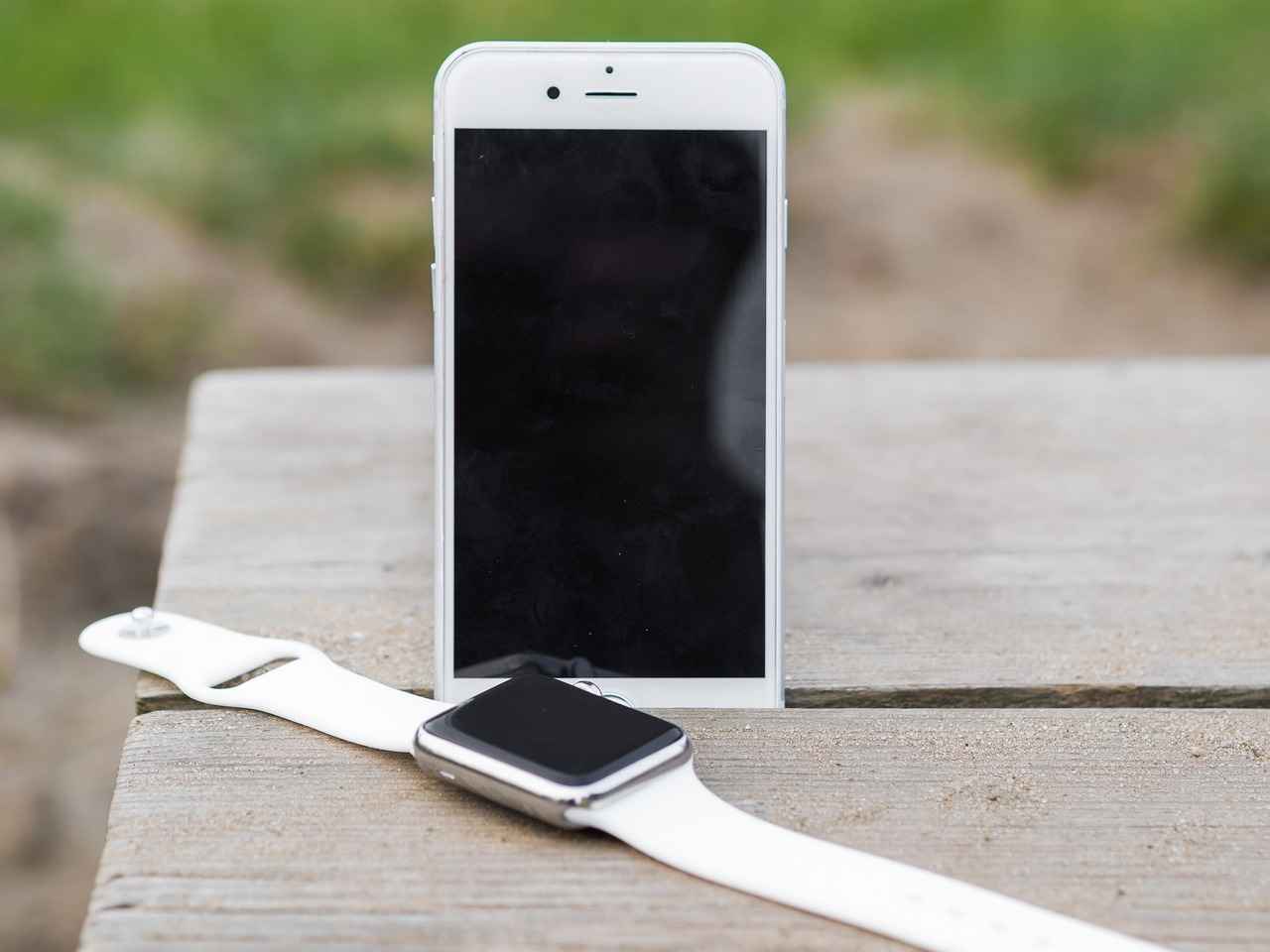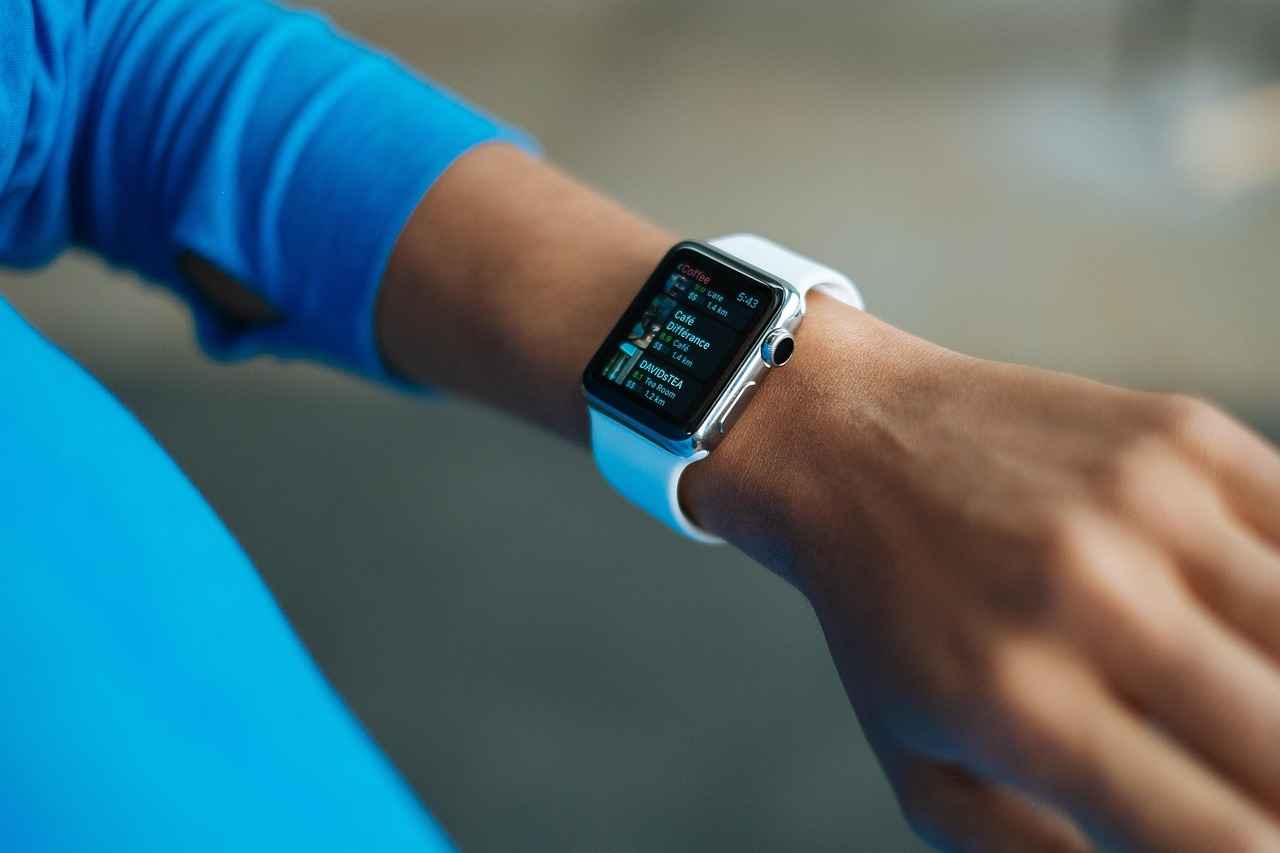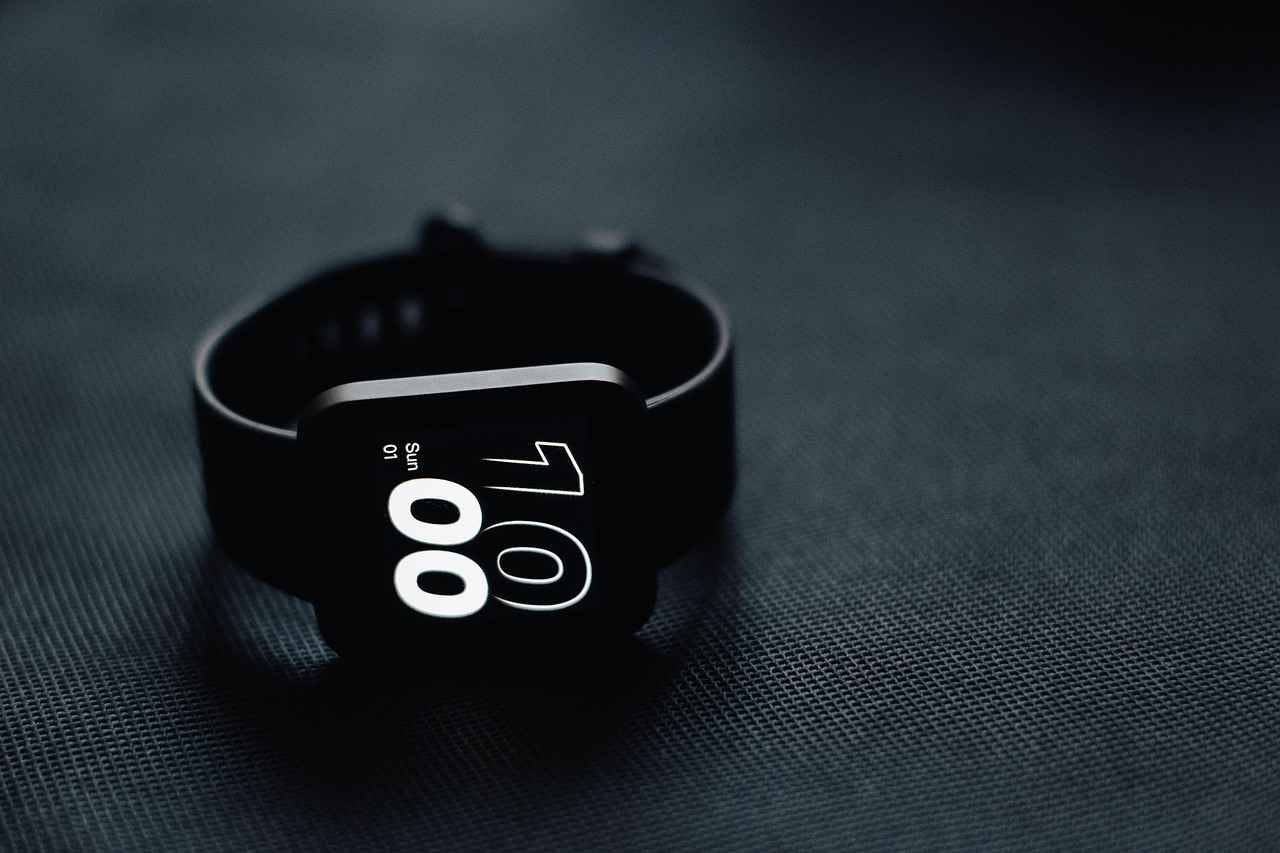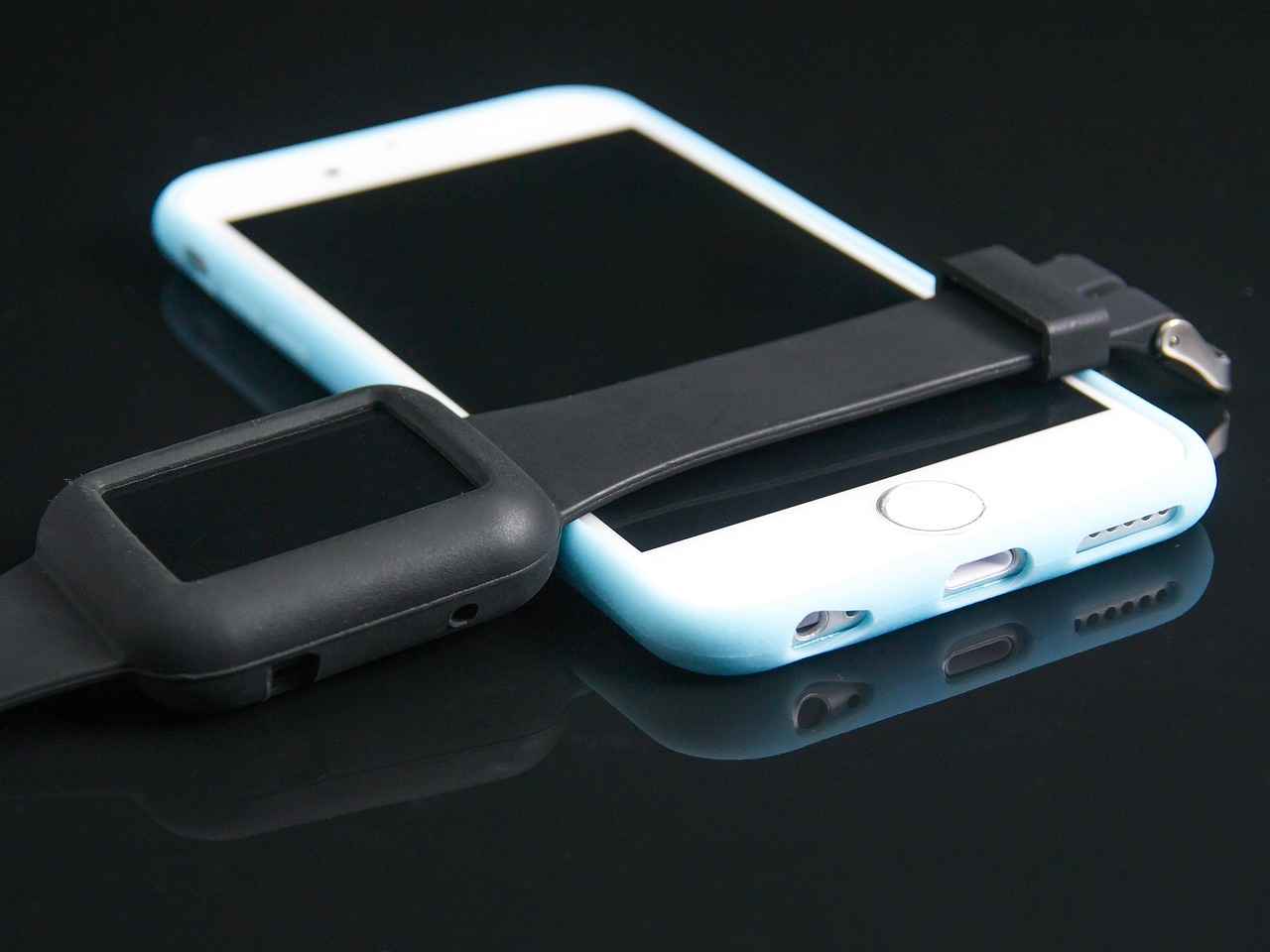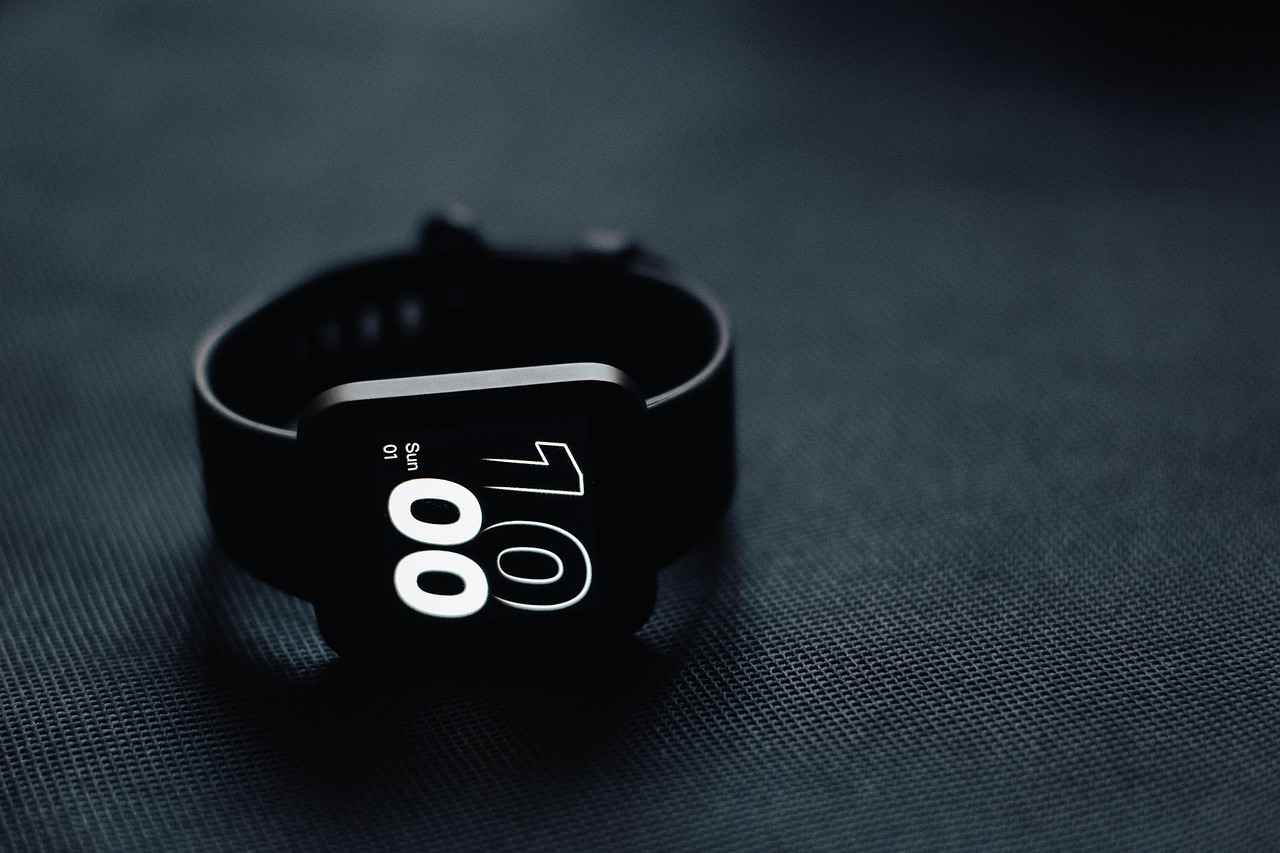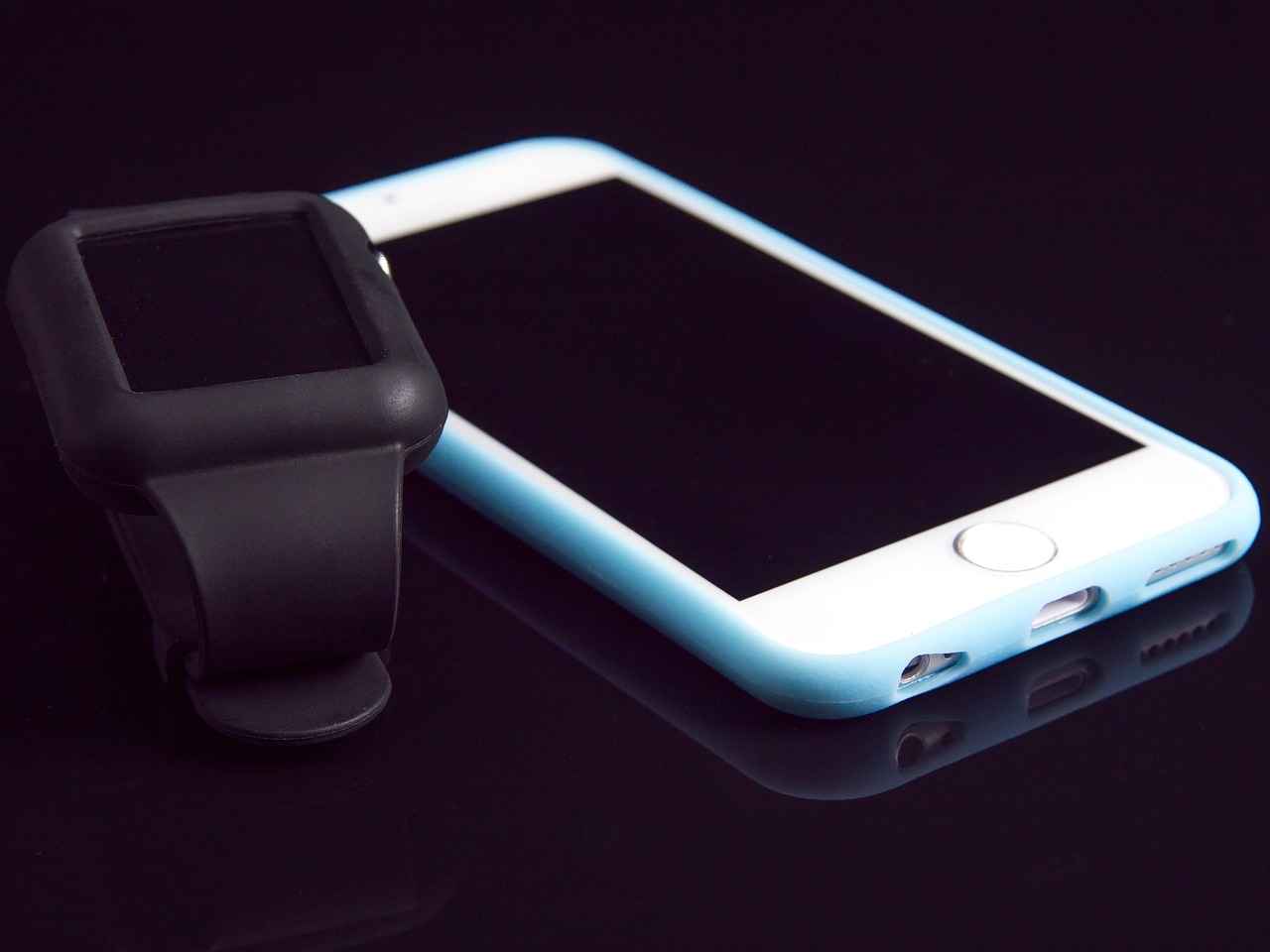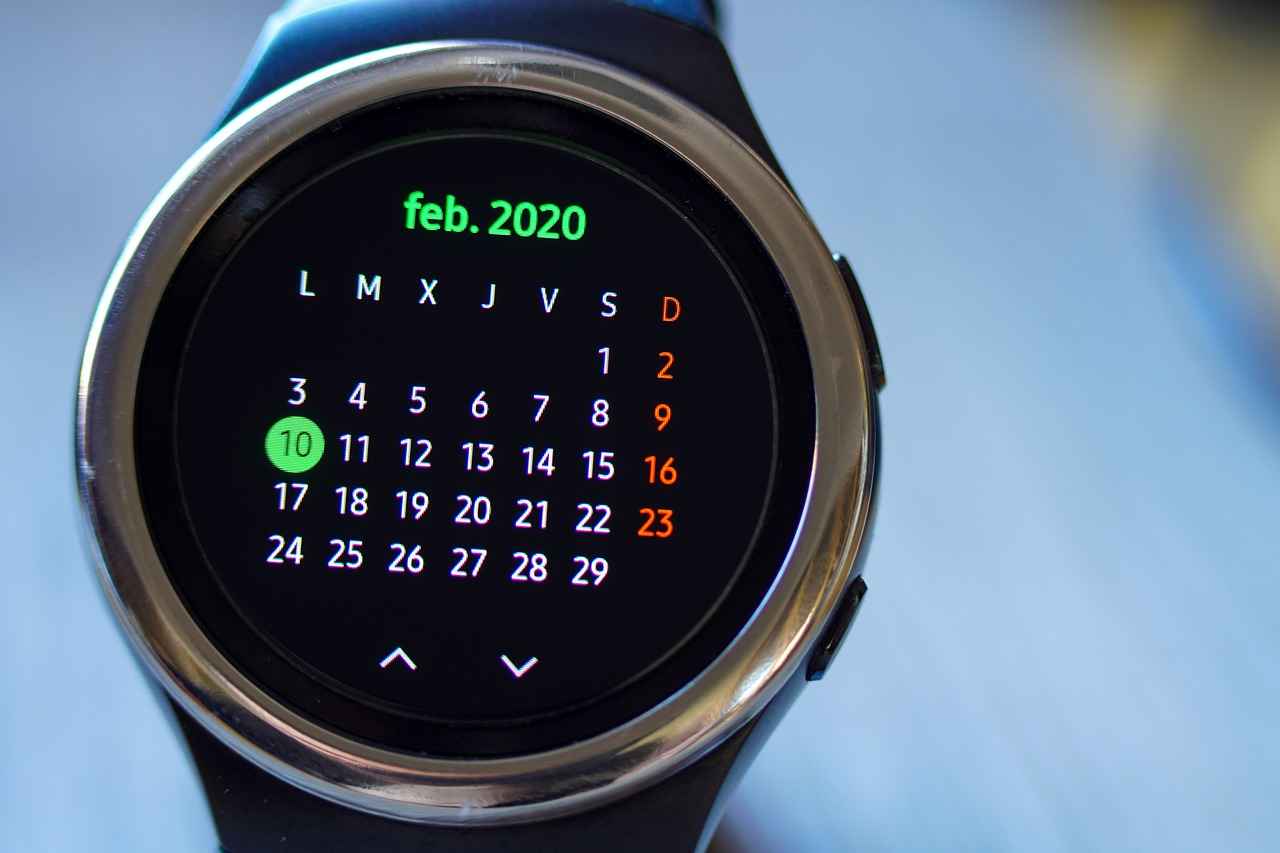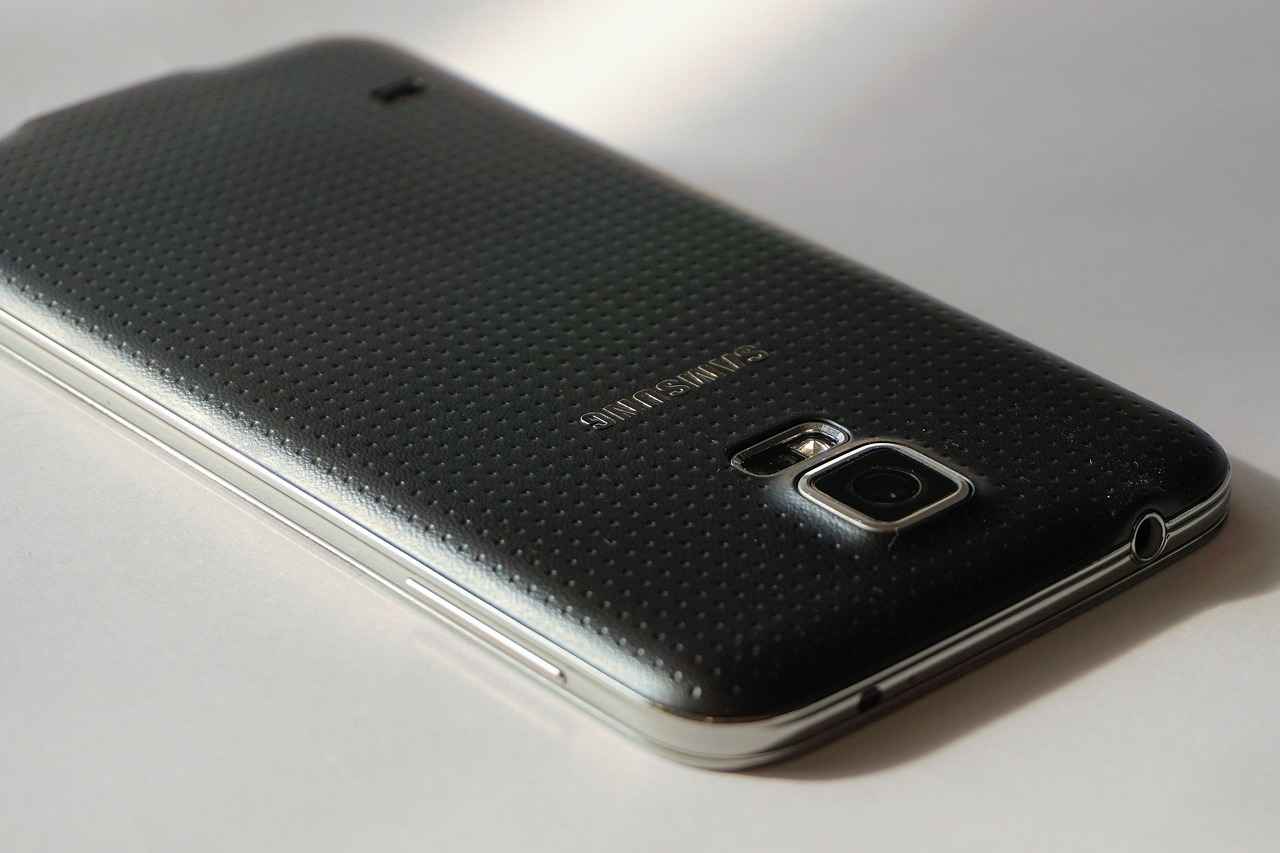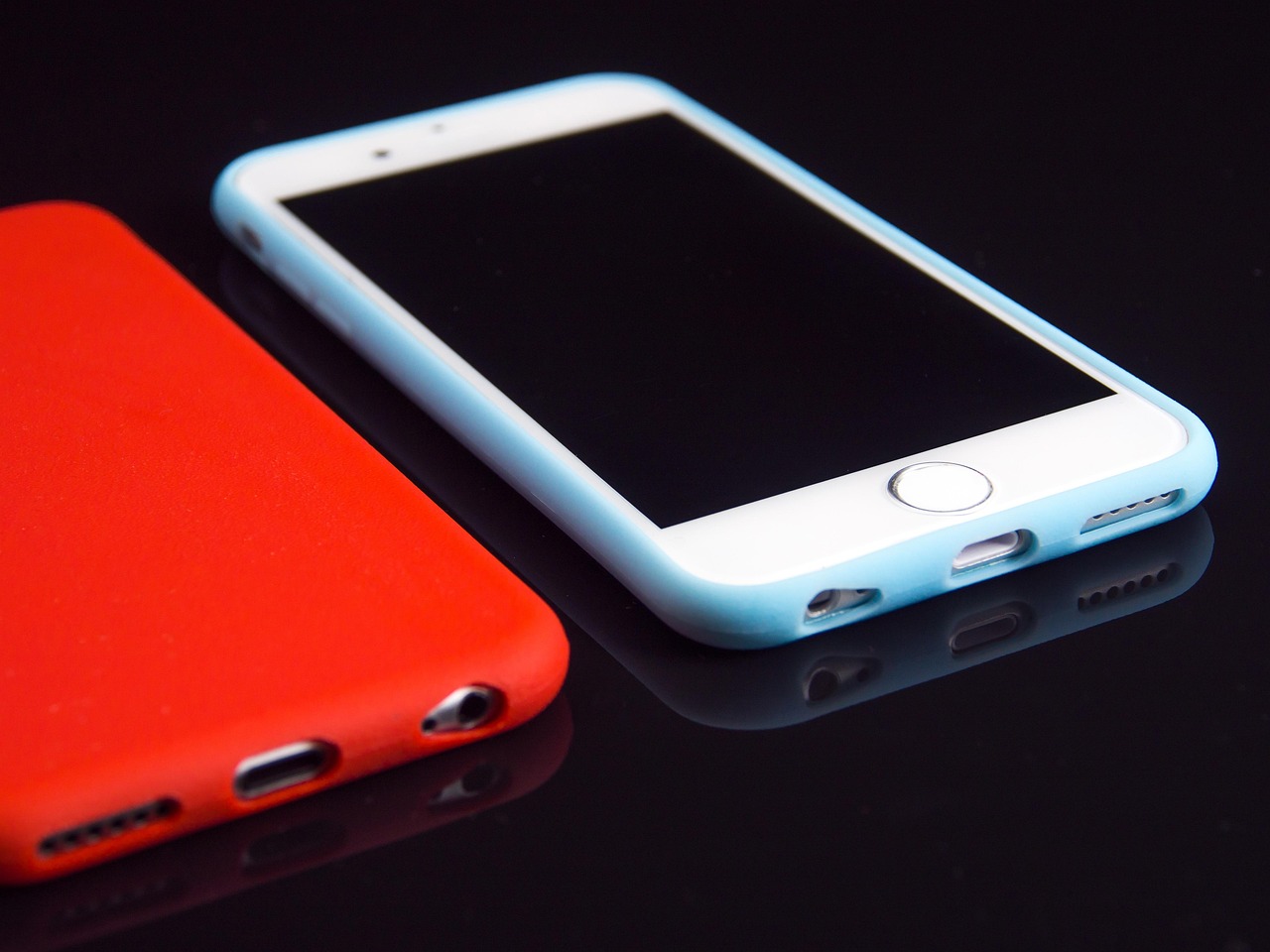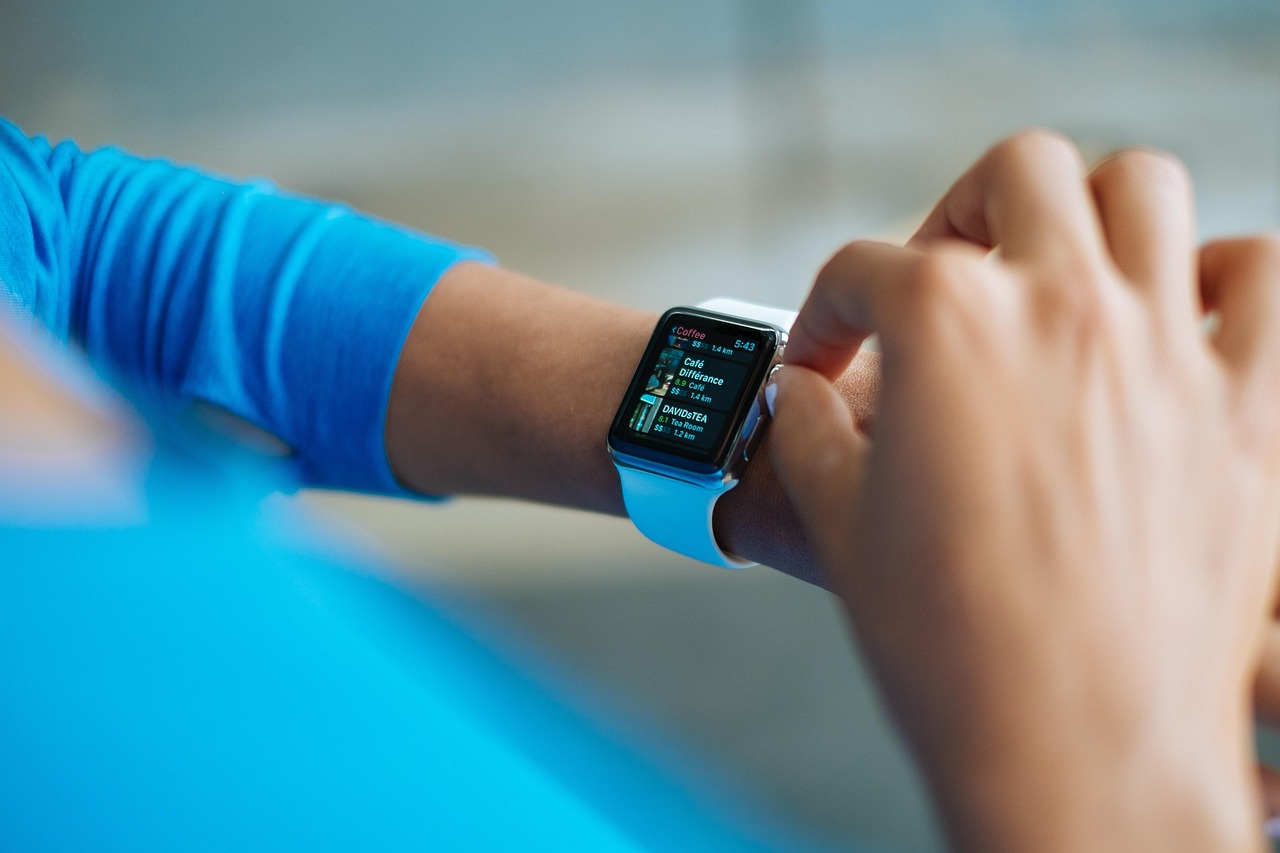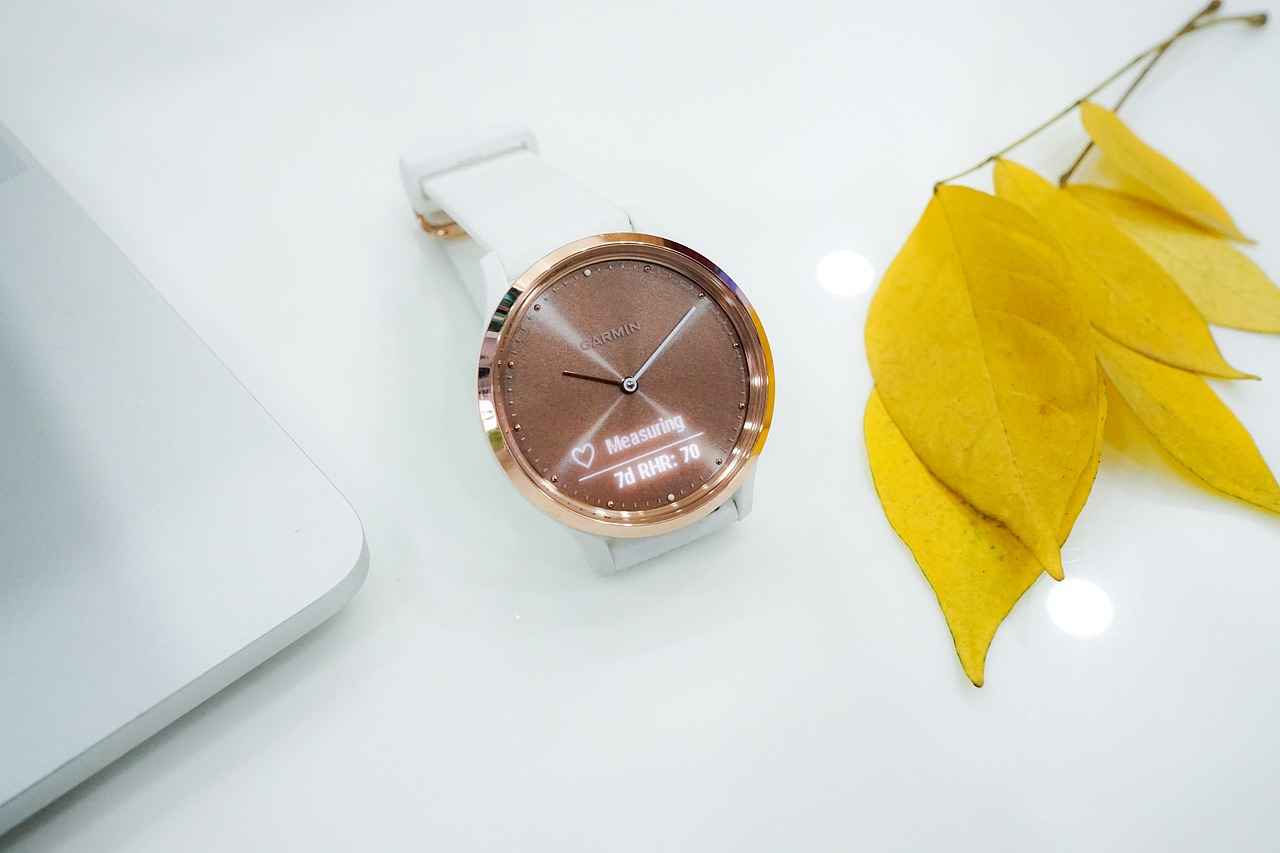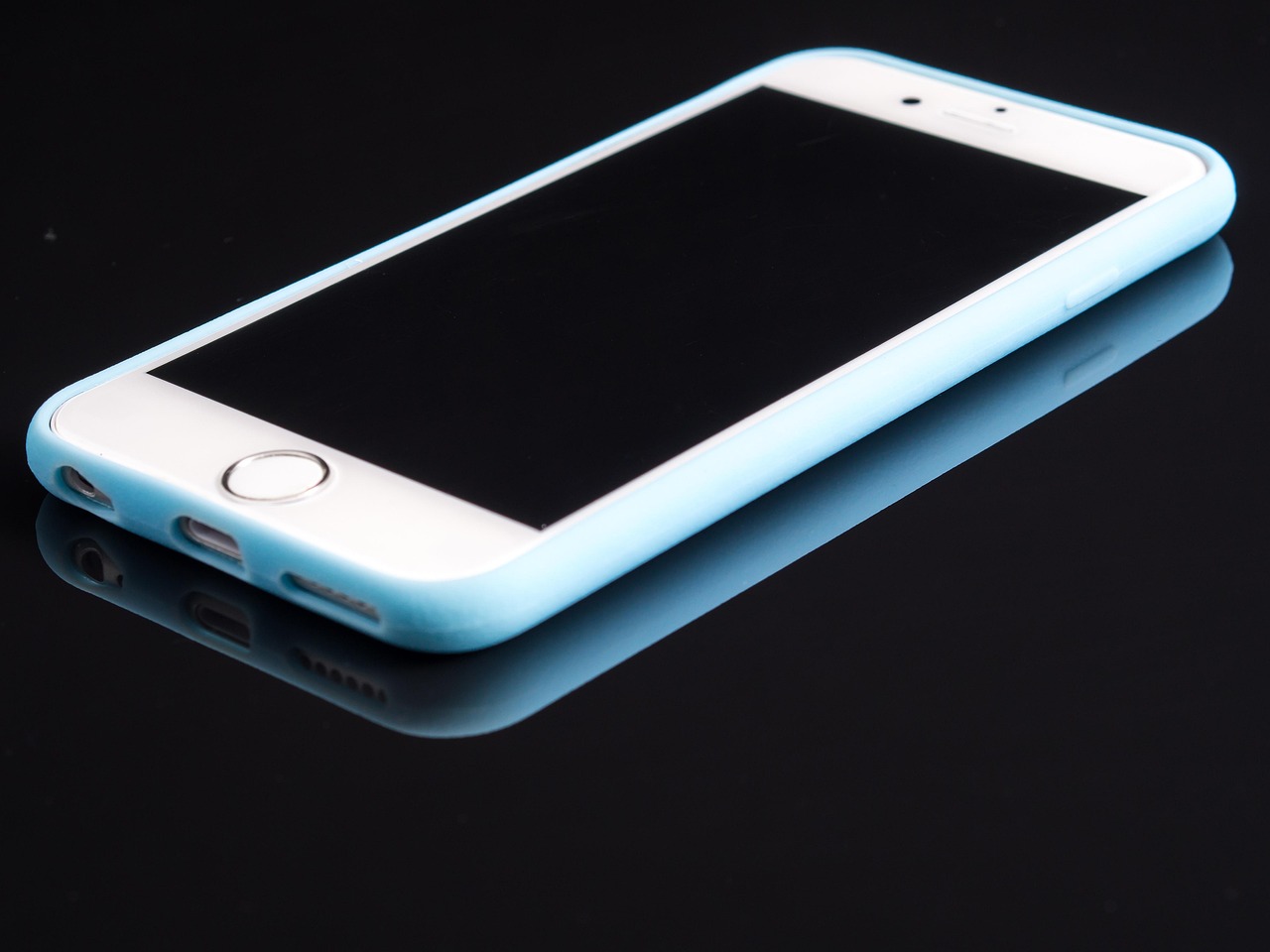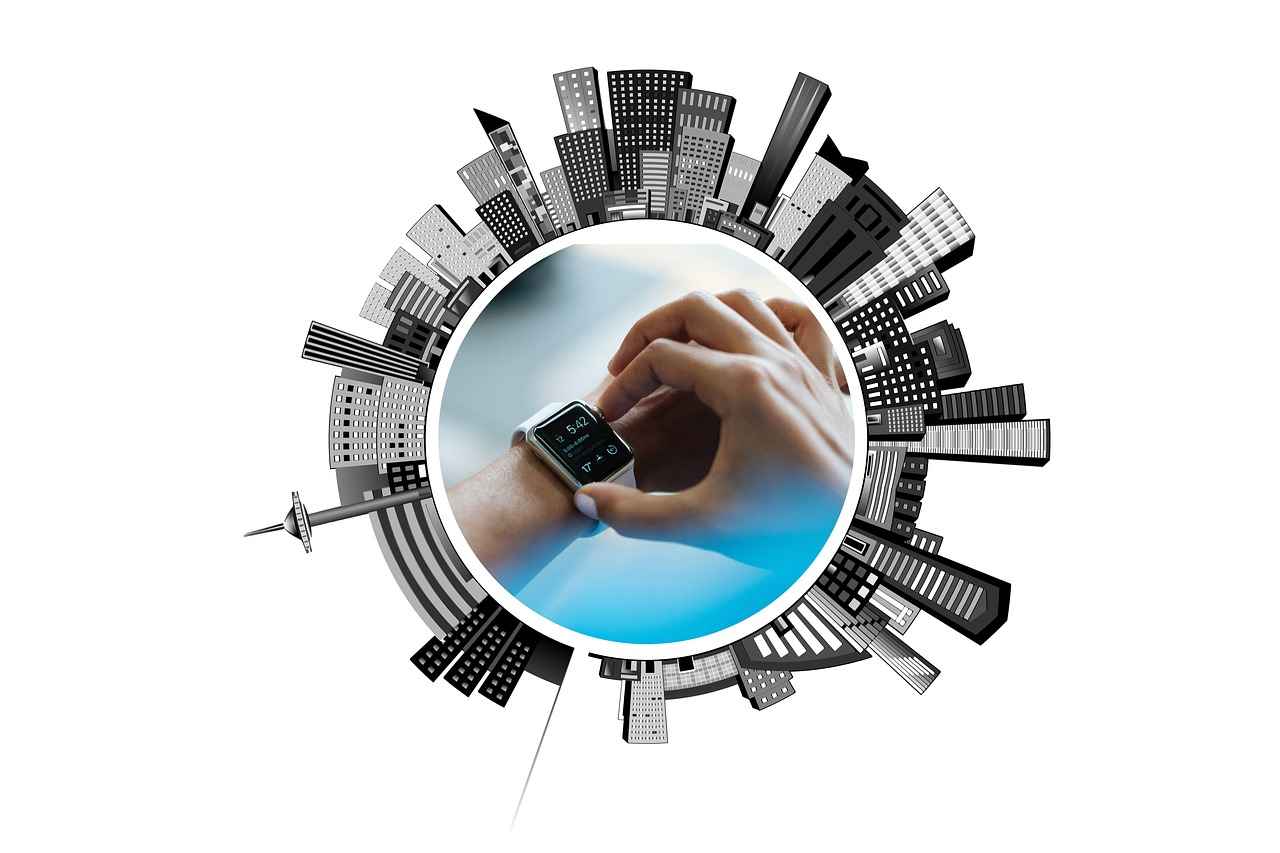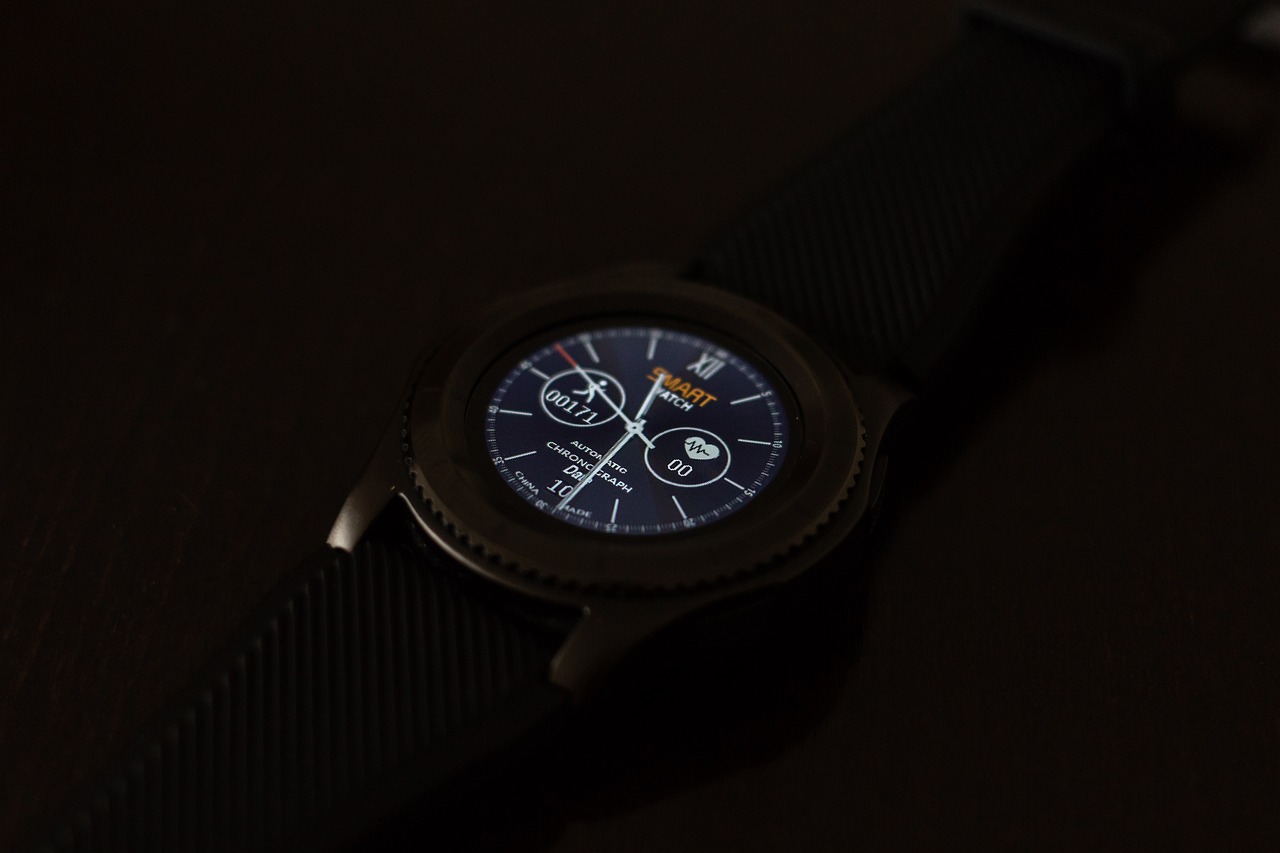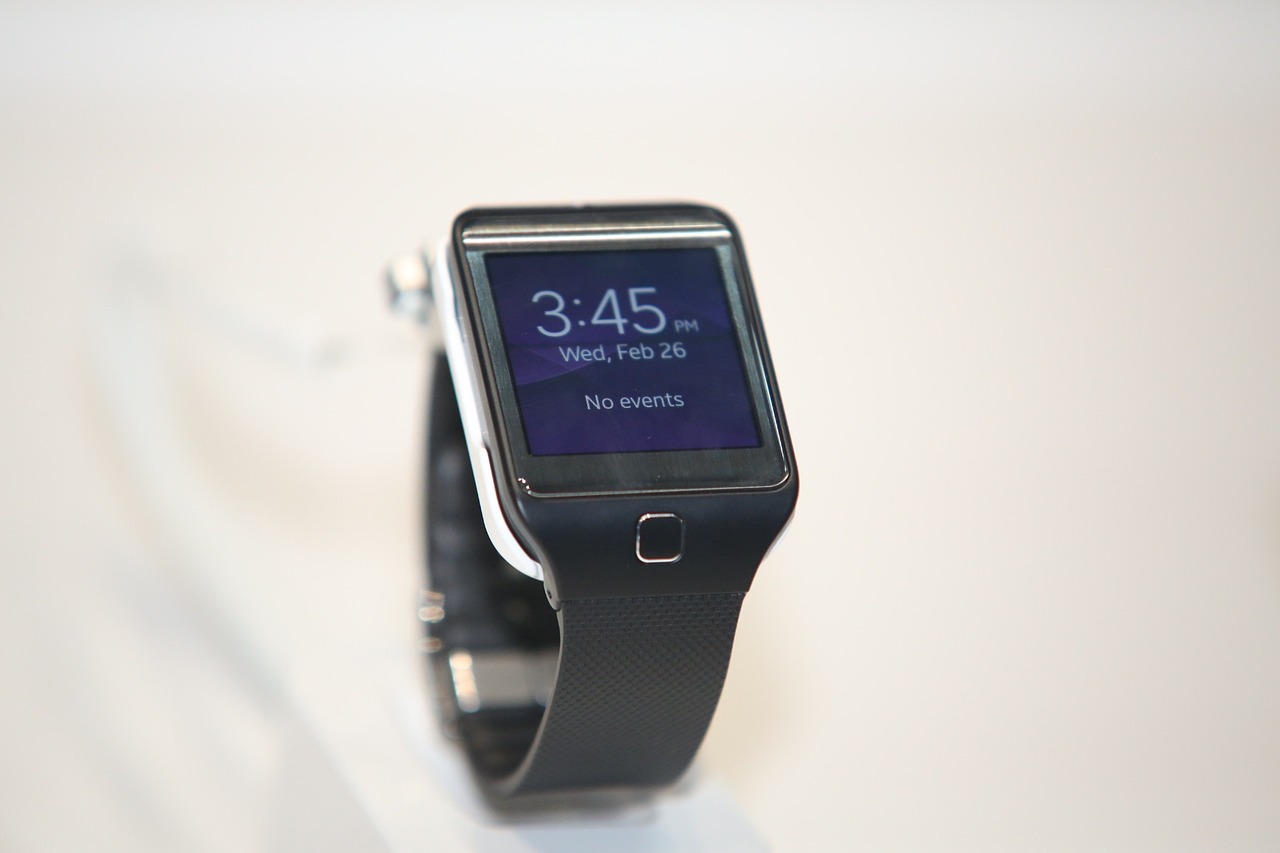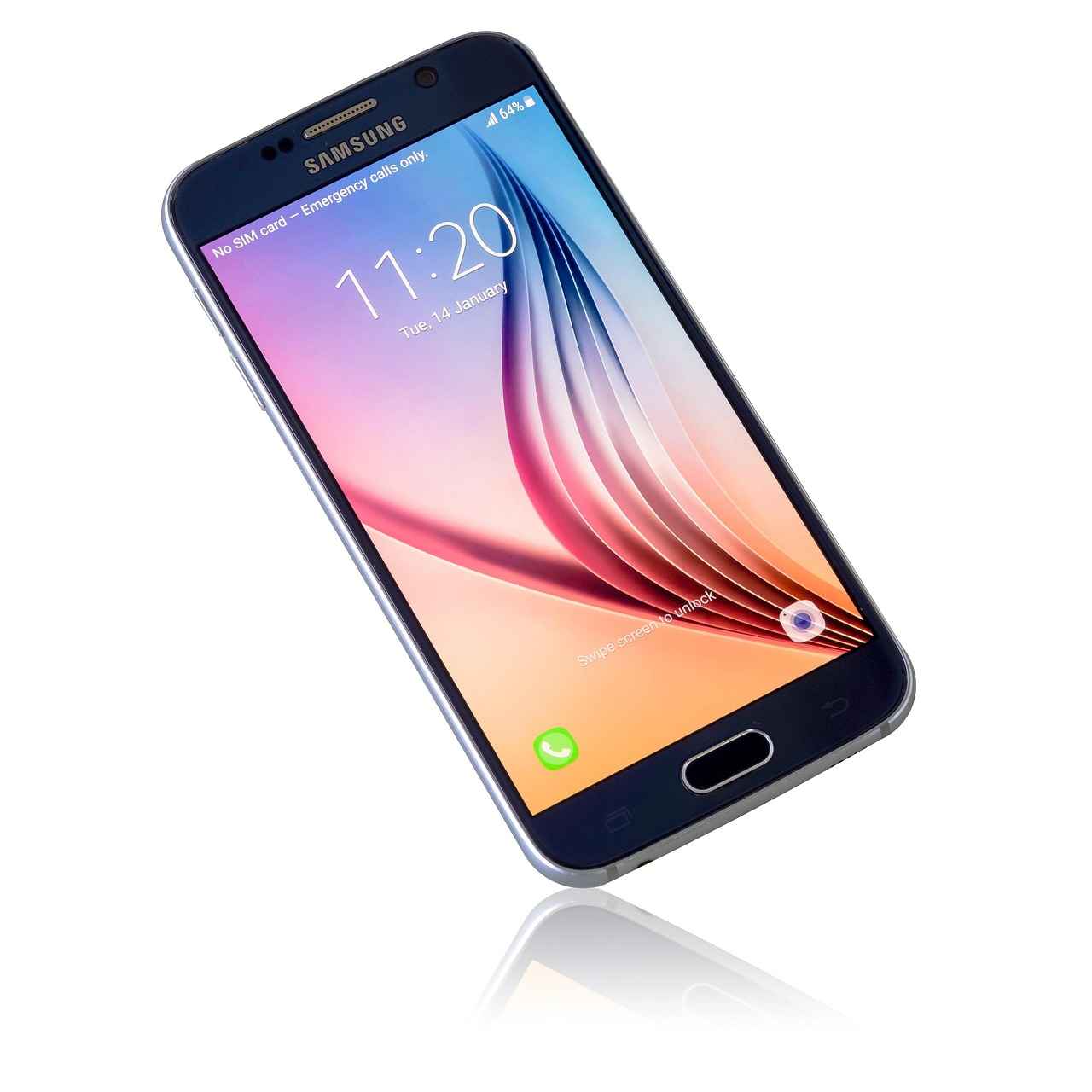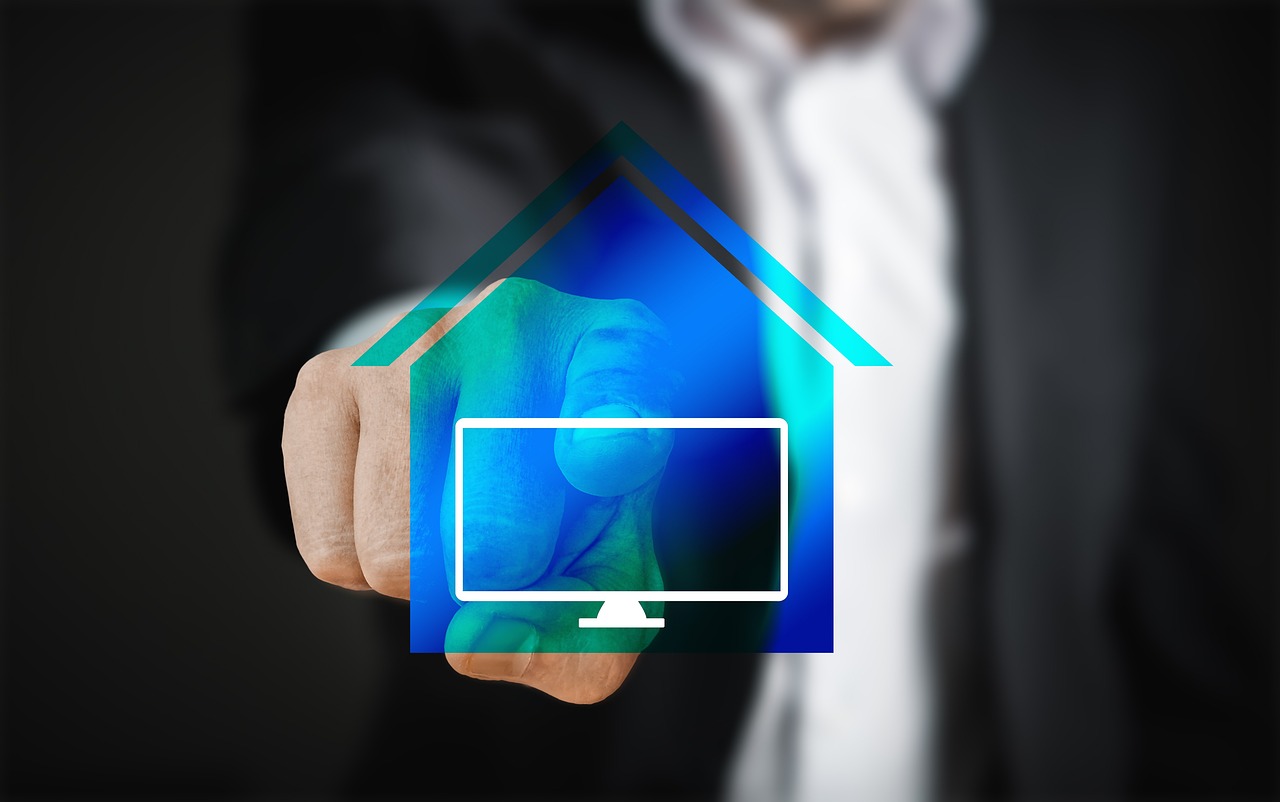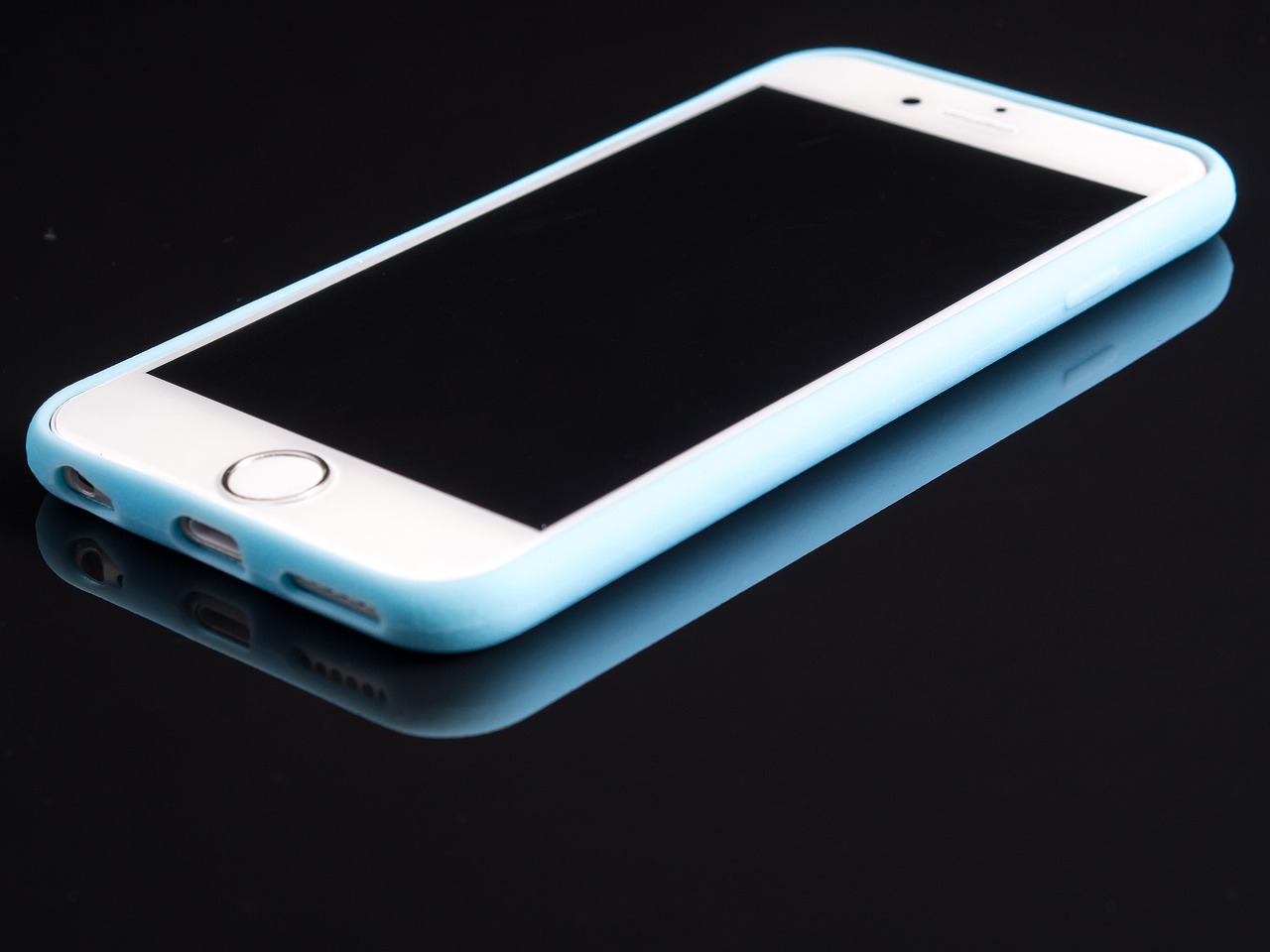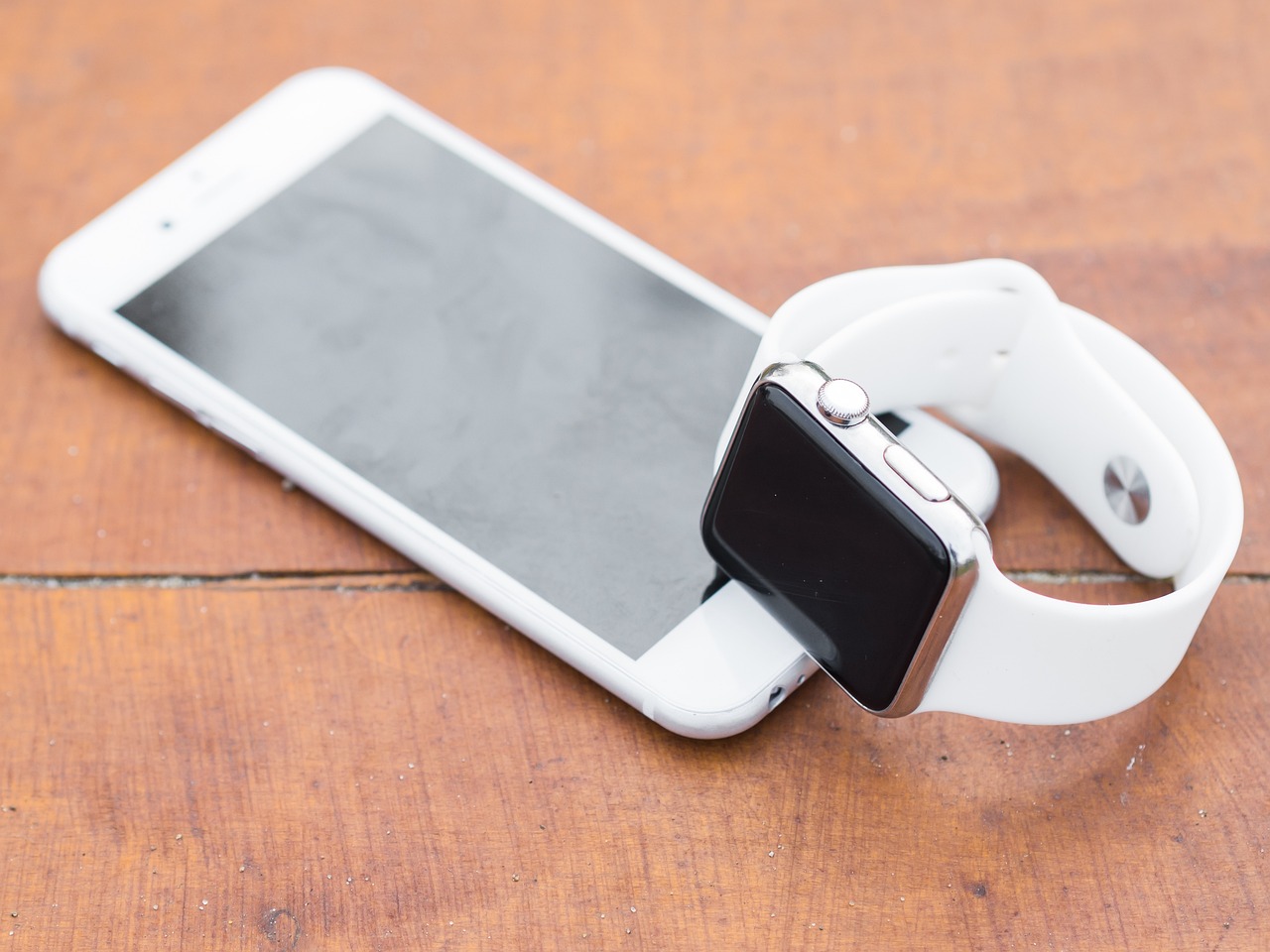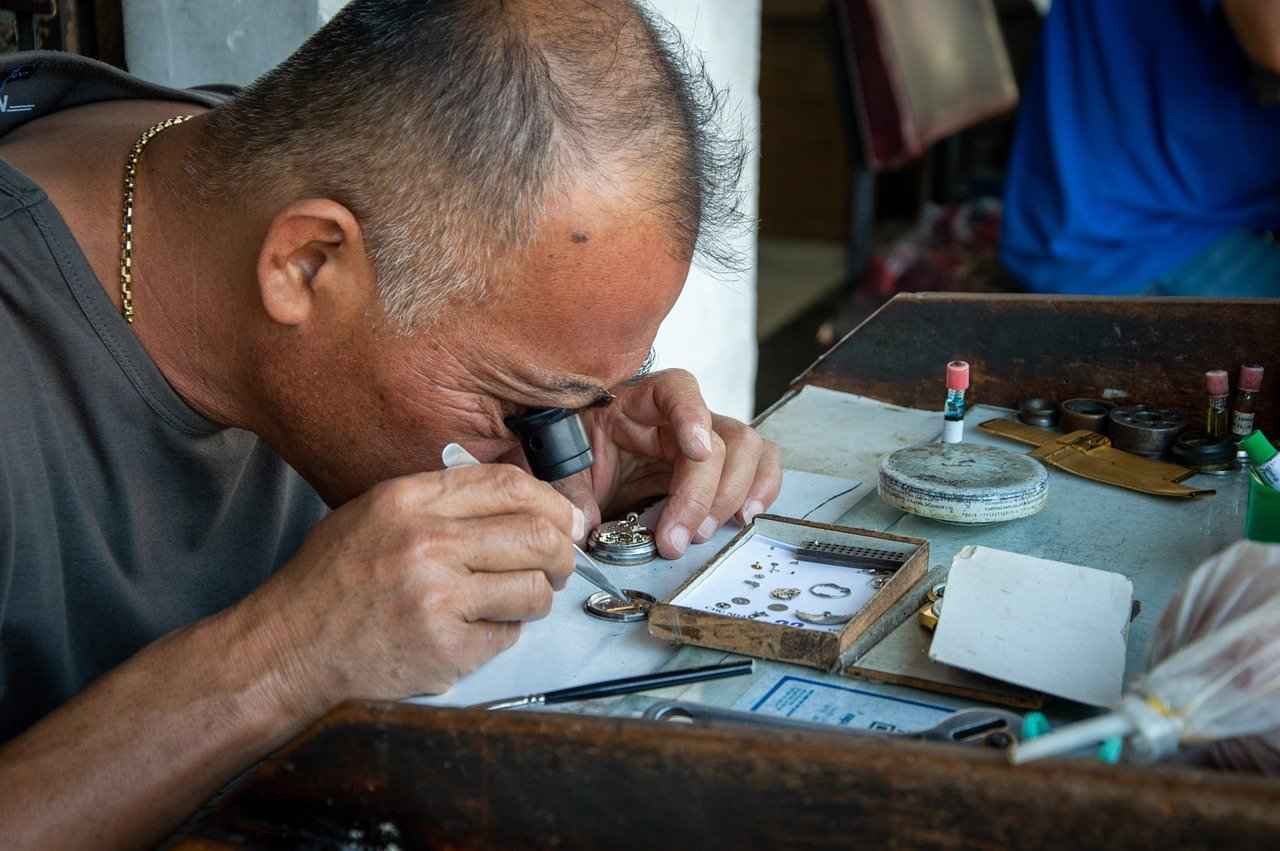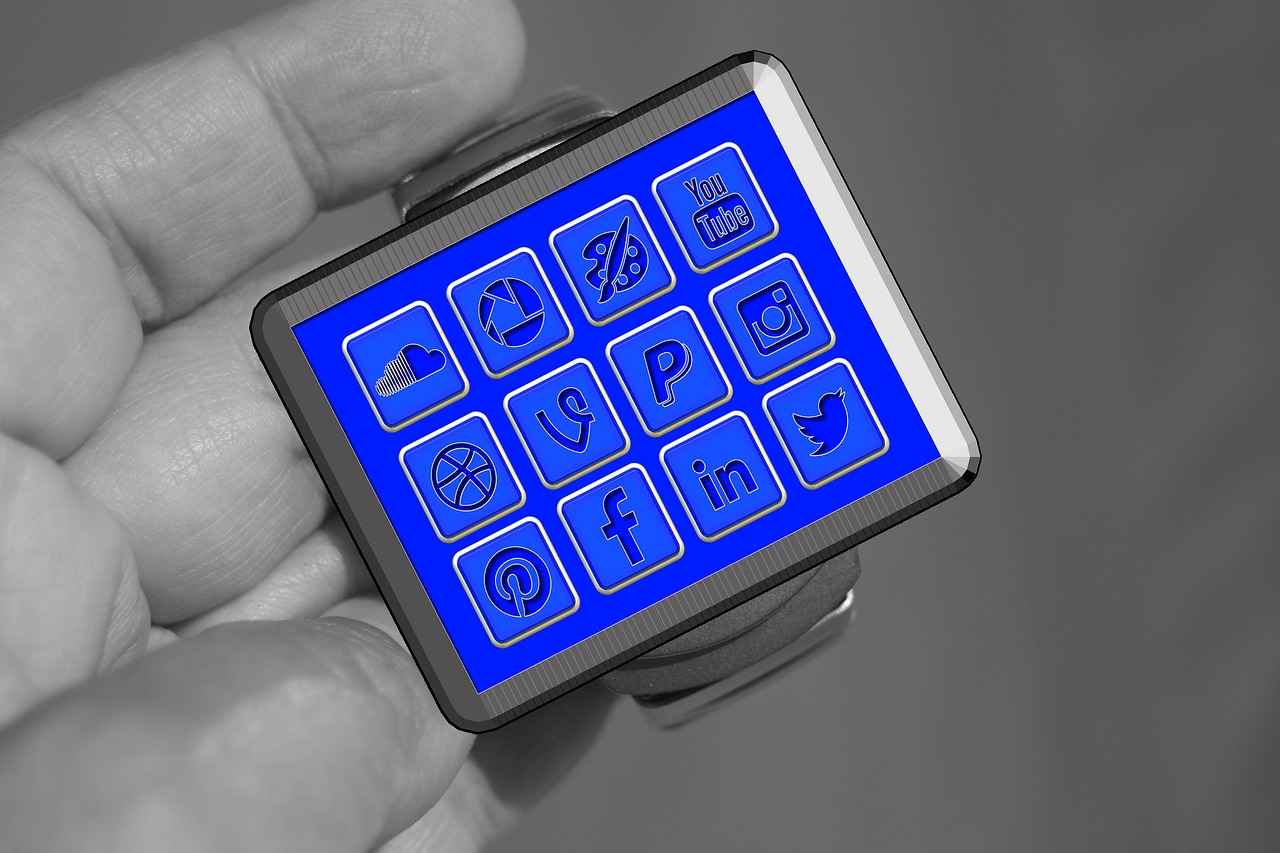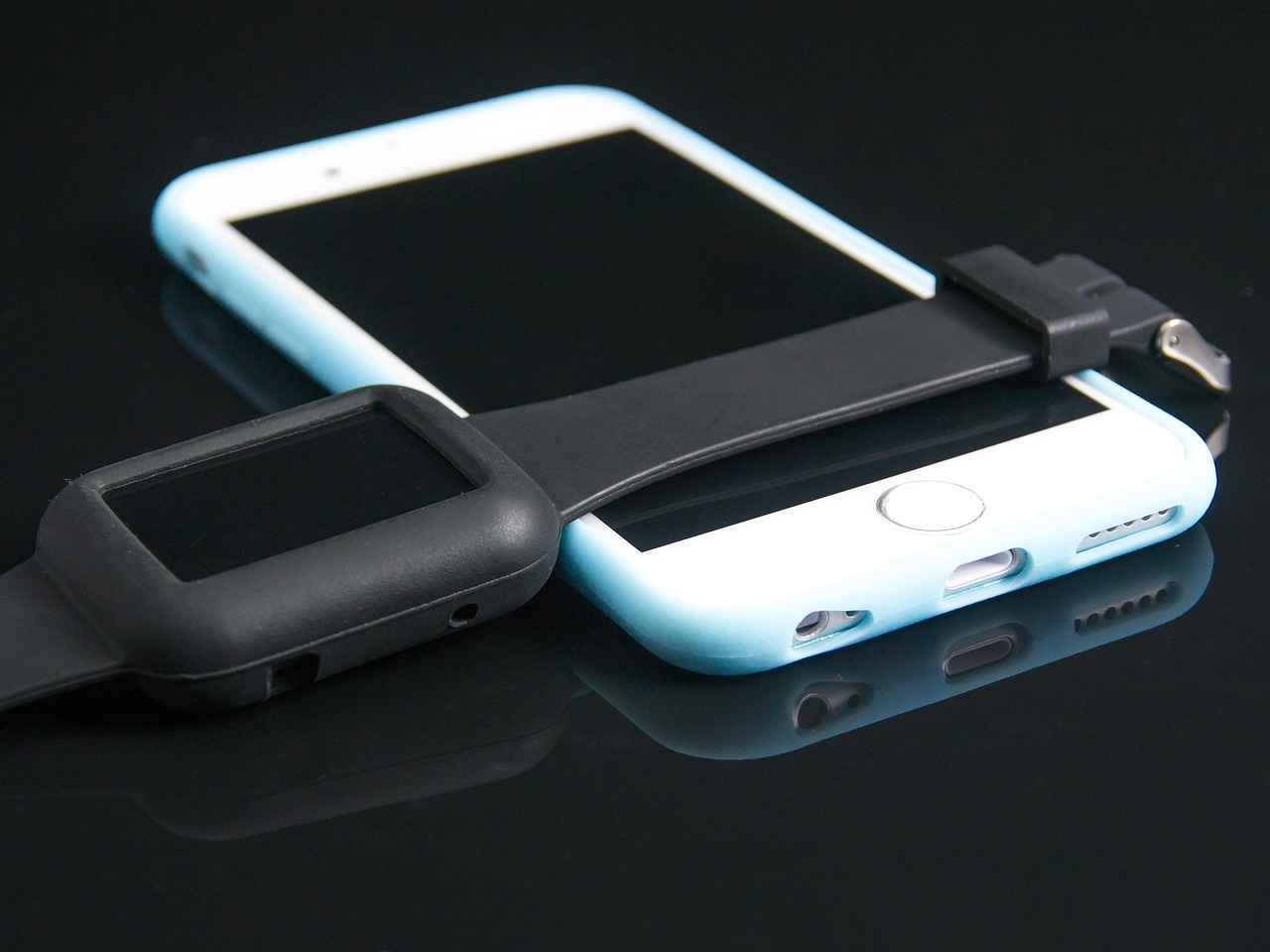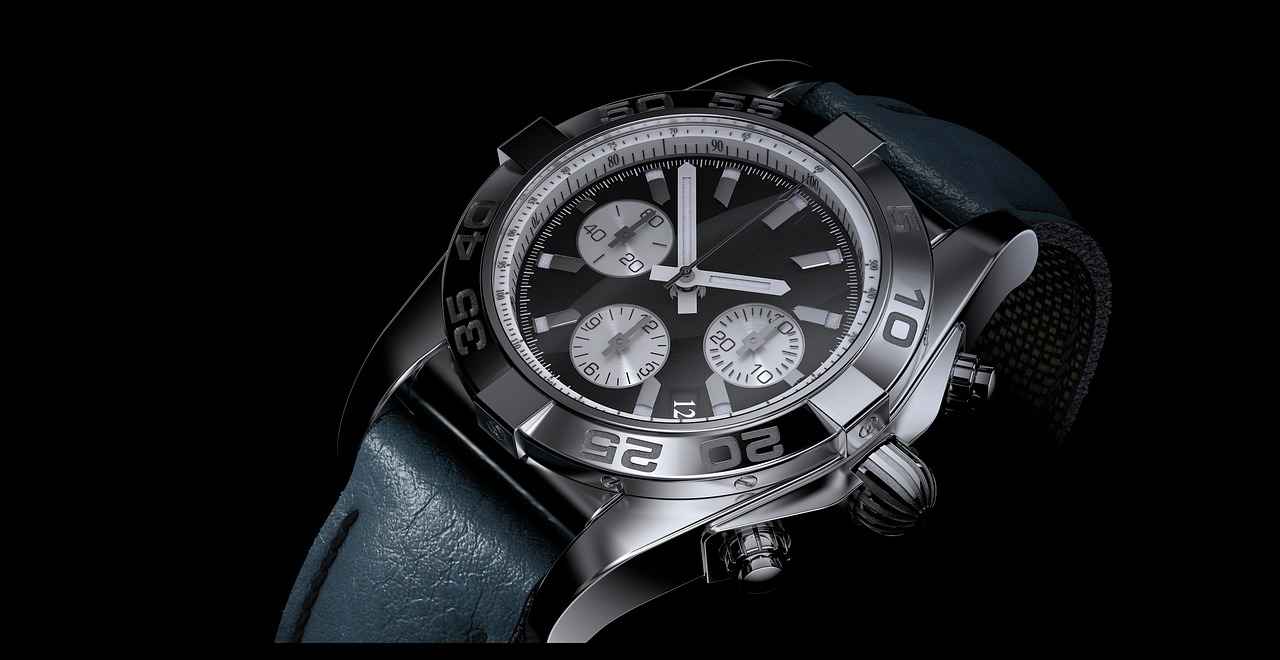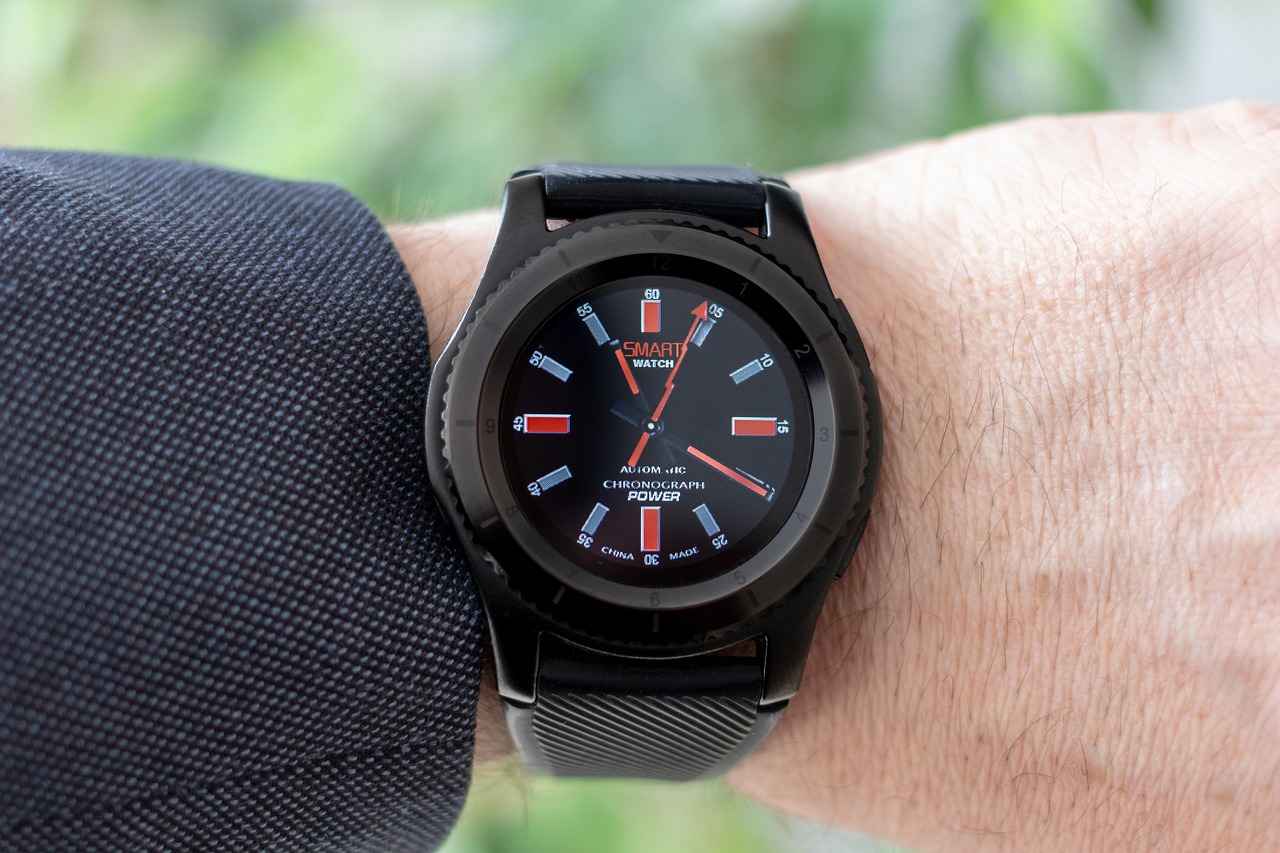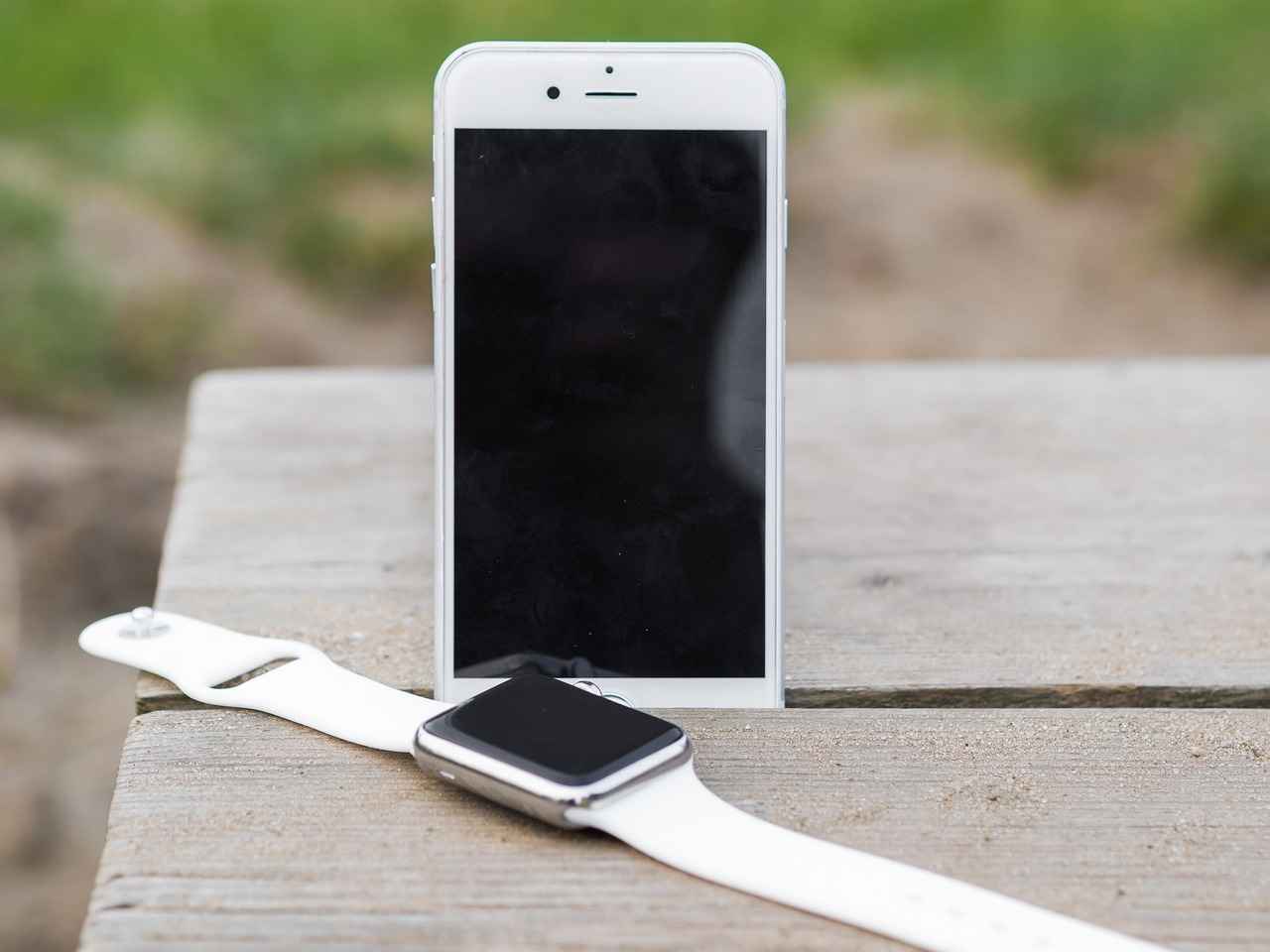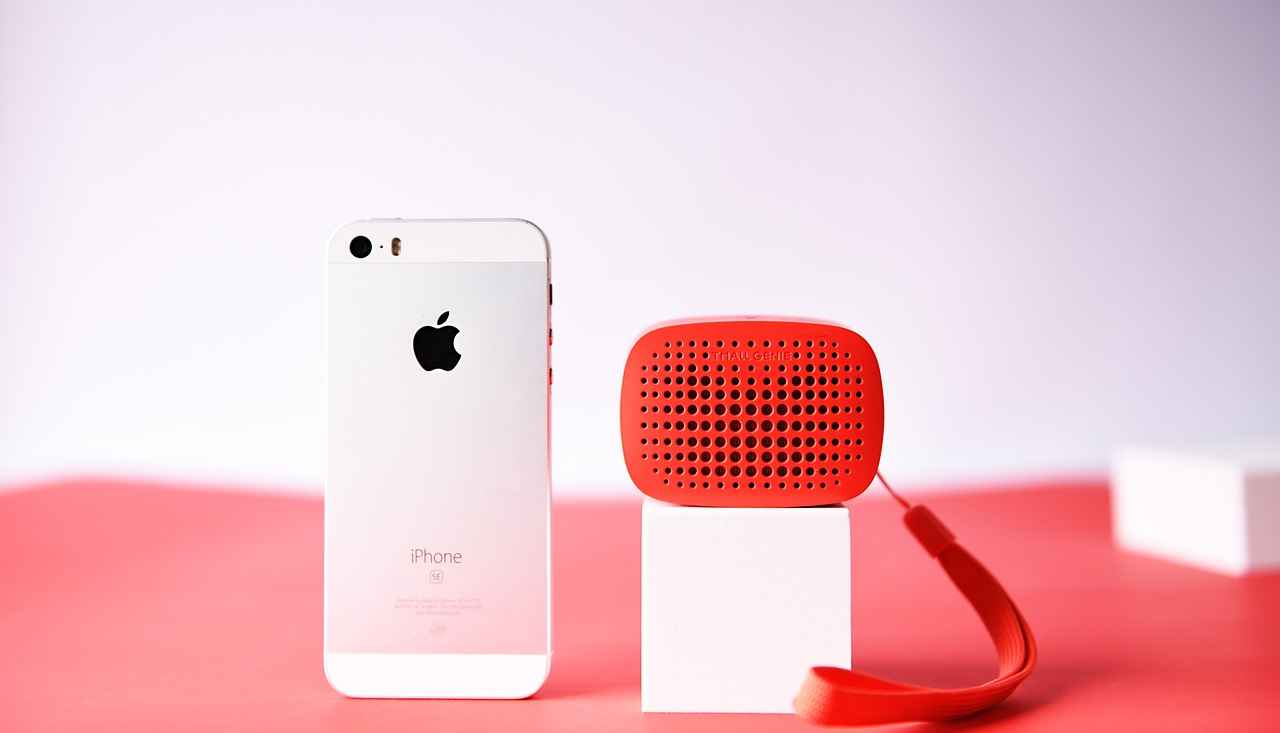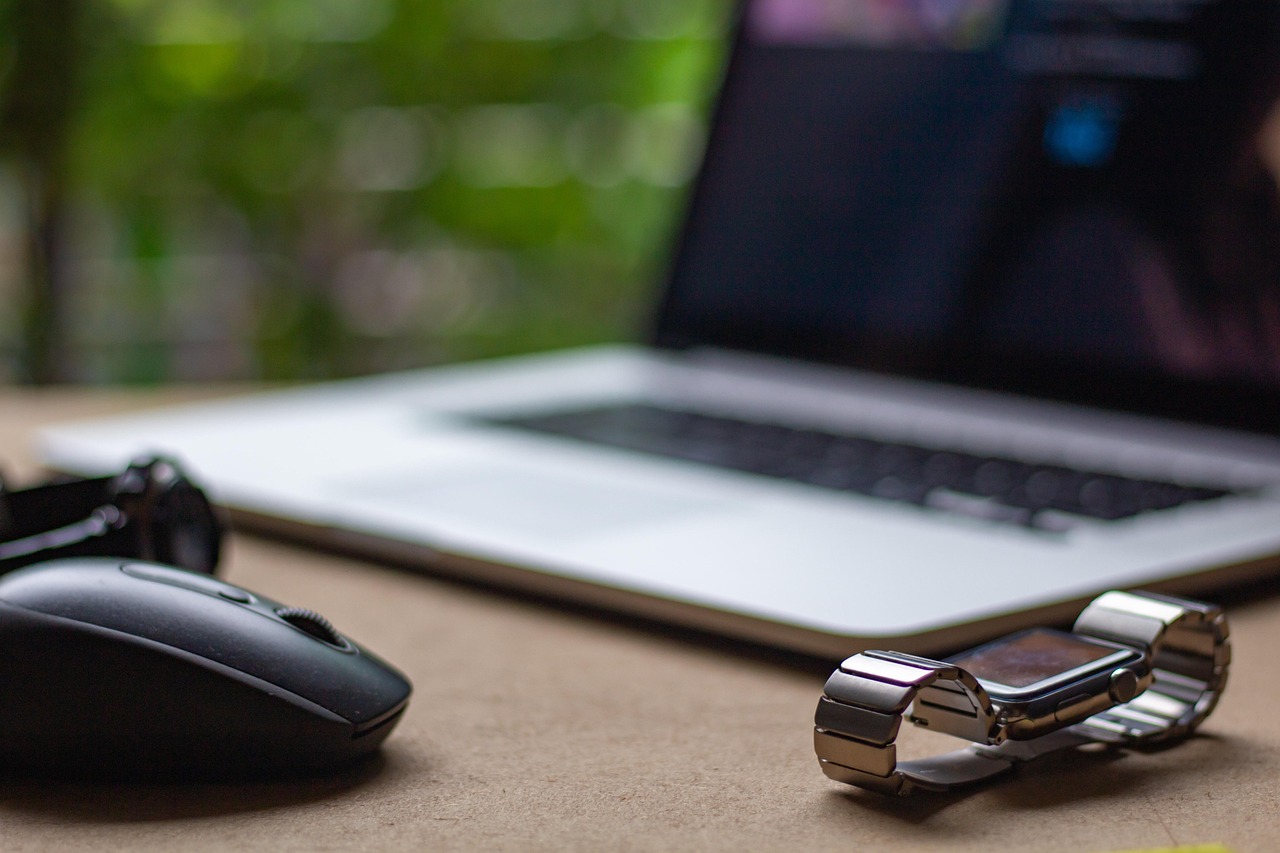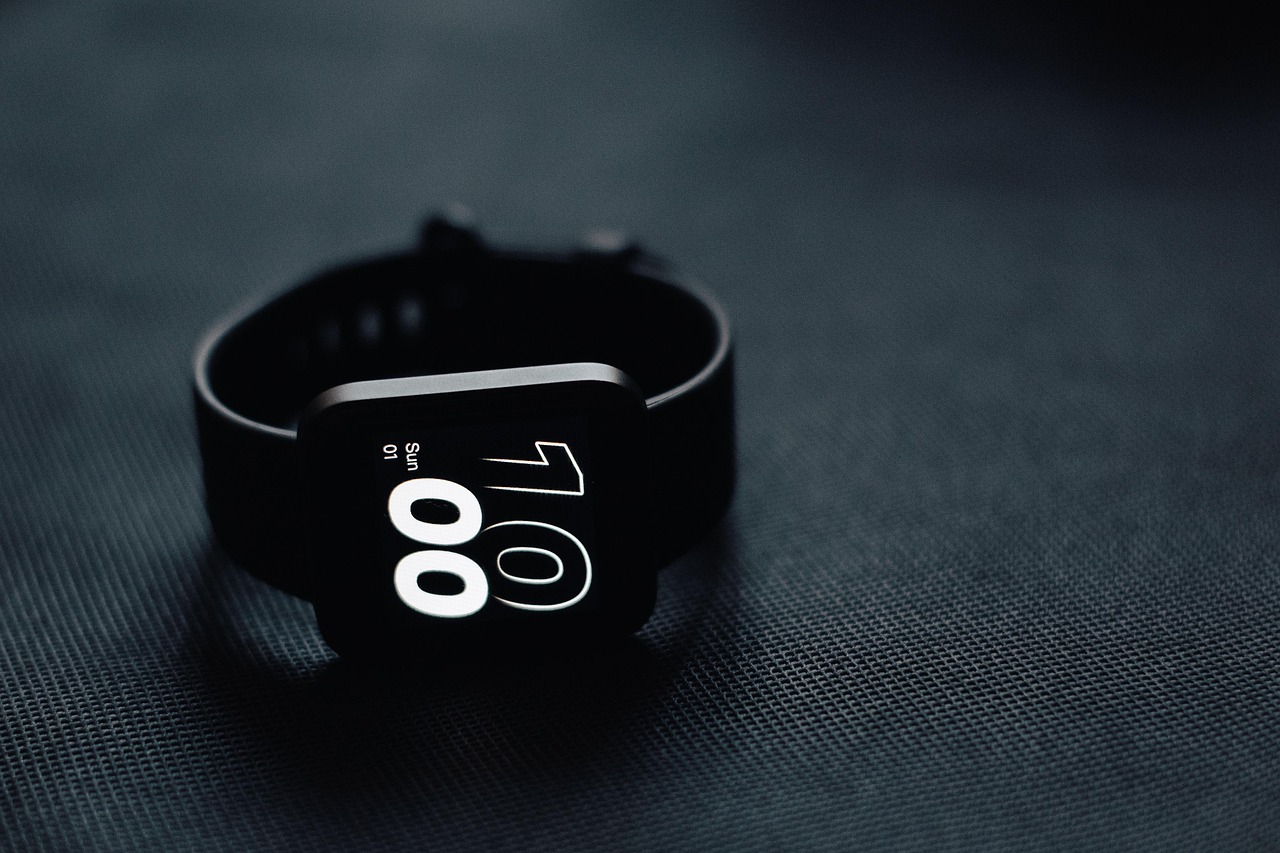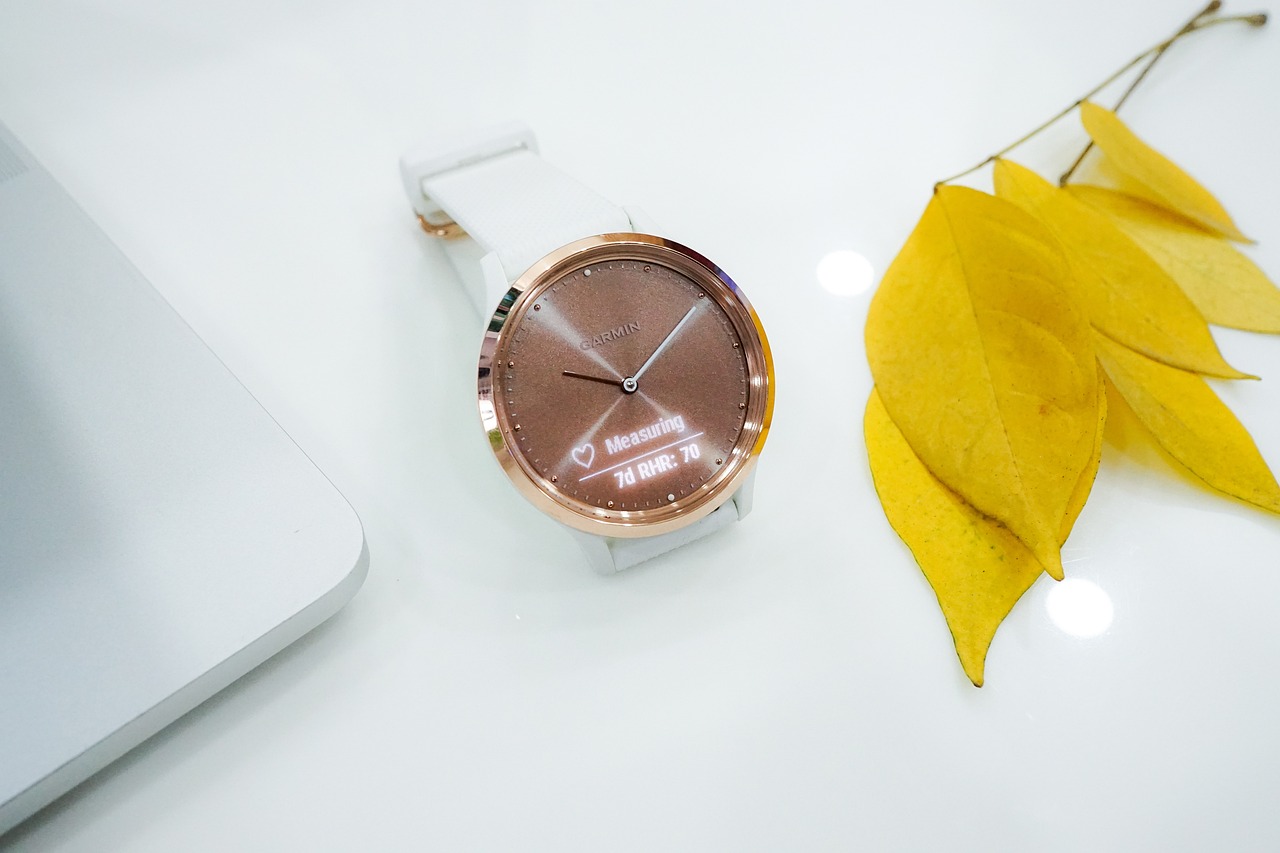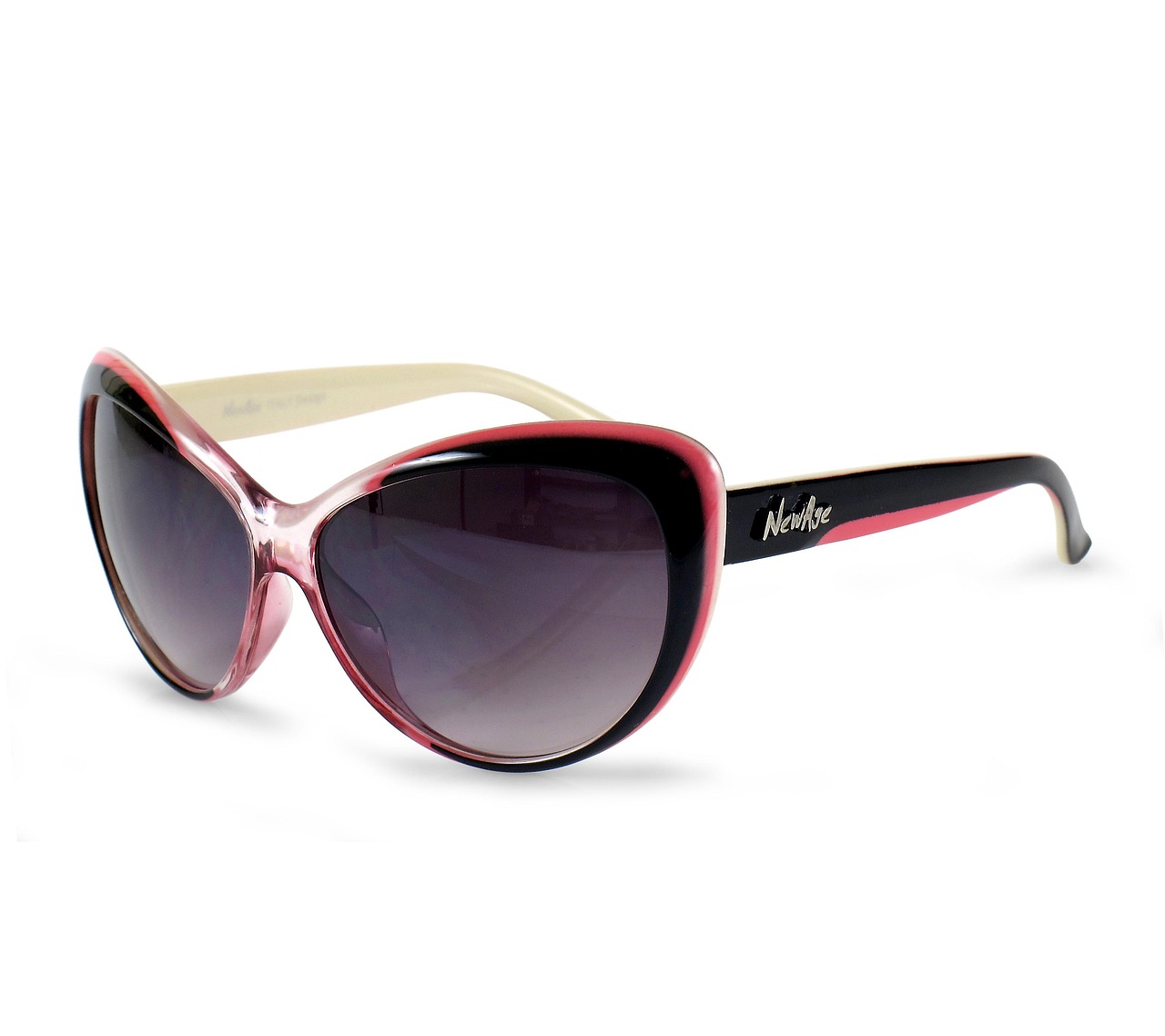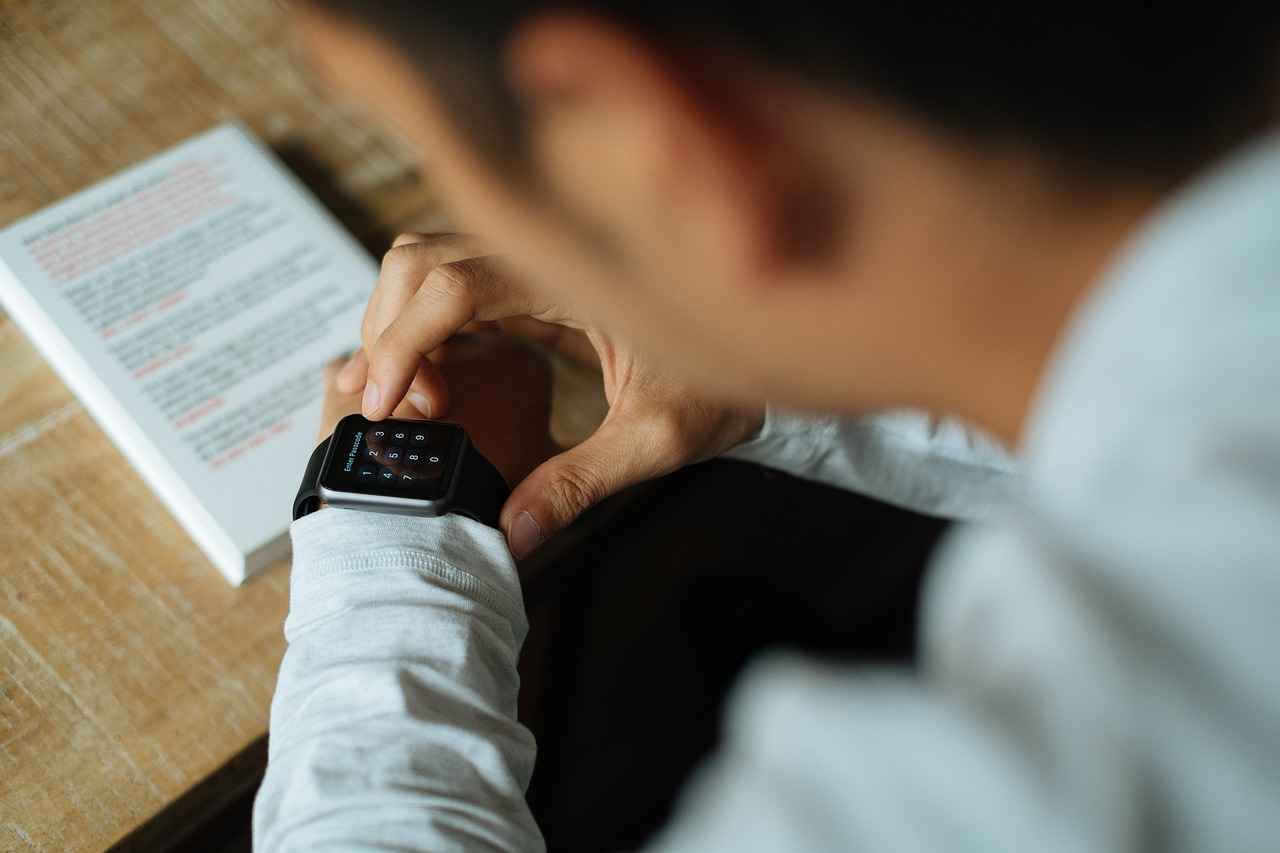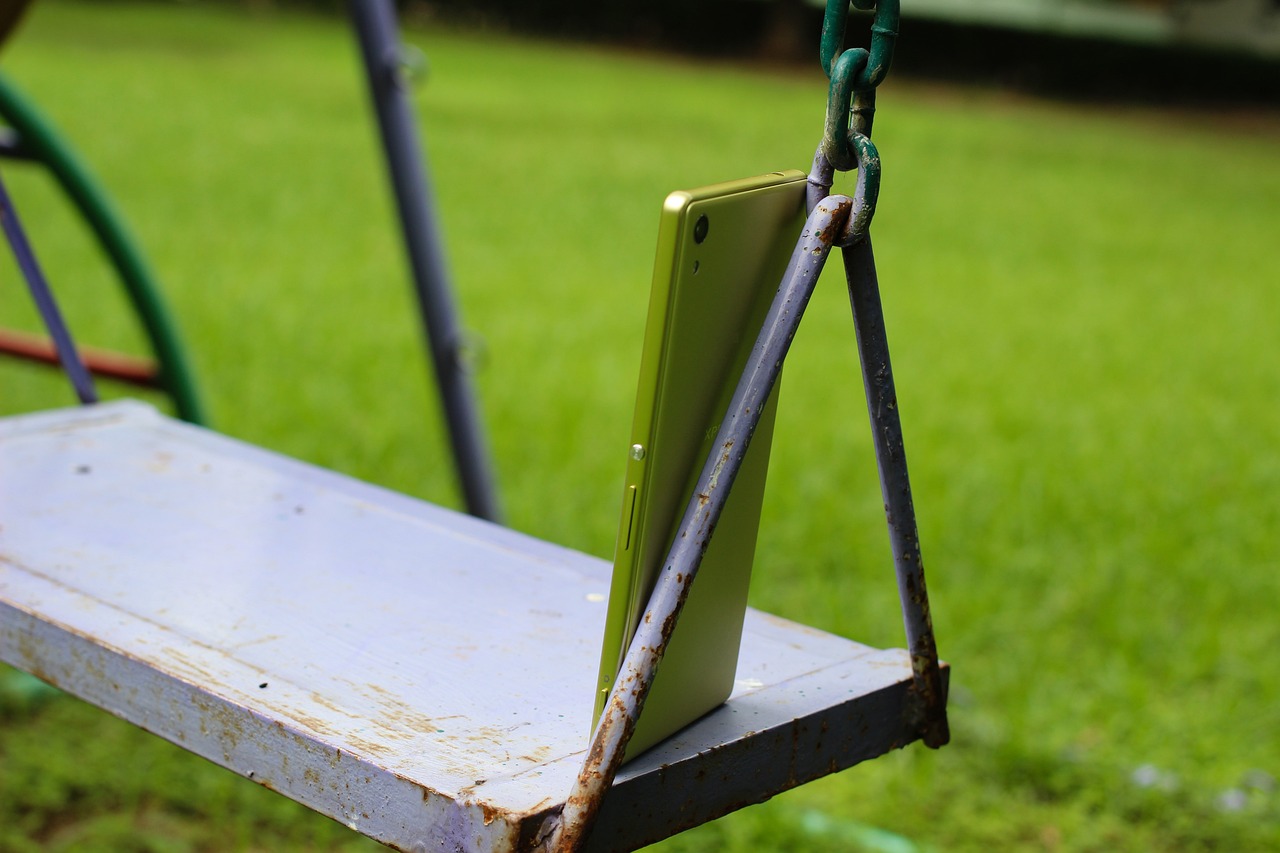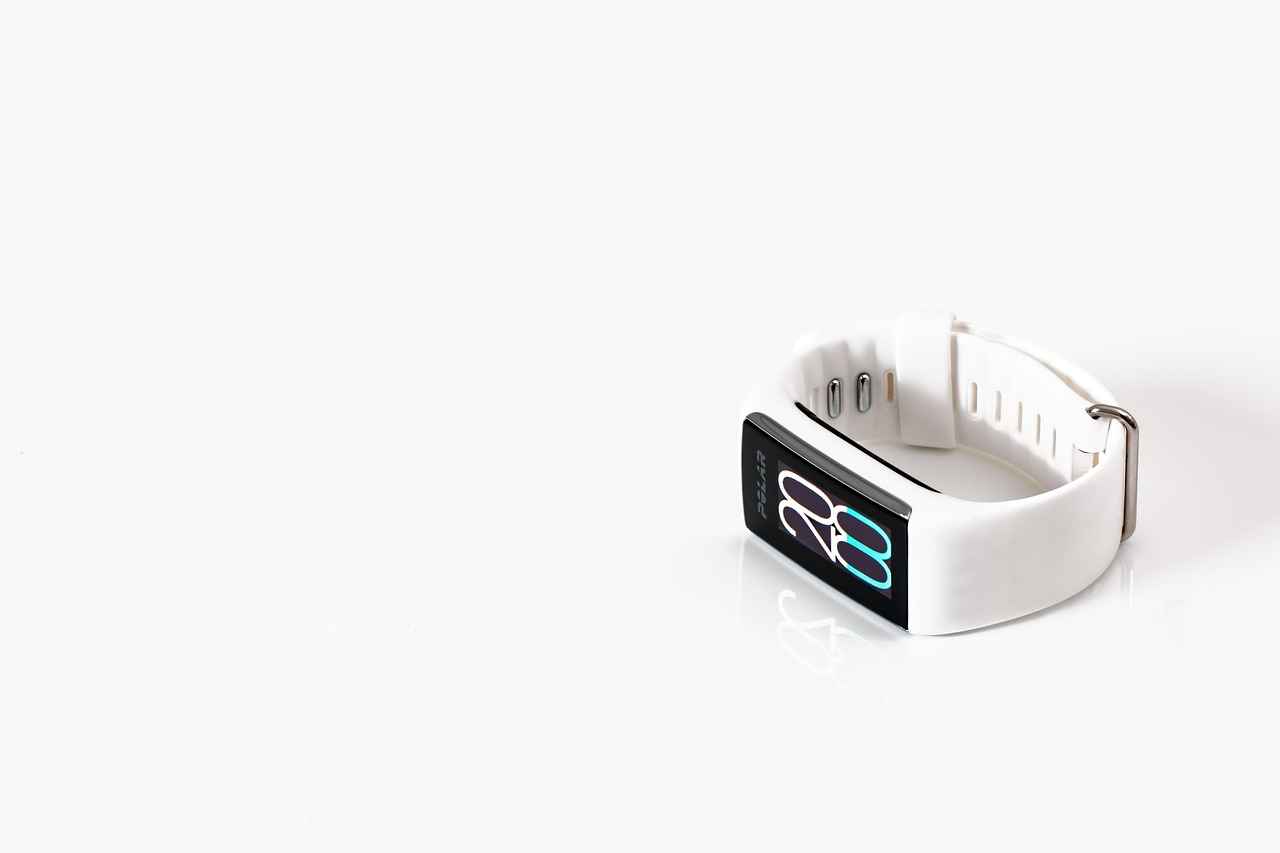This article examines the accuracy of smart watches in monitoring blood pressure, focusing on the underlying technology, user experiences, and expert opinions. By providing a comprehensive understanding of their reliability and effectiveness, we aim to inform consumers about the potential benefits and limitations of these innovative devices.
Understanding Blood Pressure Monitoring Technology
Smart watches utilize advanced technology to monitor blood pressure. Most devices are equipped with optical sensors and sophisticated algorithms that work together to provide real-time readings. These sensors detect changes in blood flow and pressure, translating this data into usable information for the user.
How Do Smart Watches Measure Blood Pressure?
- Optical Sensors: These sensors use light to measure blood flow changes.
- Oscillometric Techniques: This method detects pressure oscillations in the arteries to gauge blood pressure.
The Role of Optical Sensors
Optical sensors play a crucial role in blood pressure monitoring. They emit light and analyze how it reflects off blood vessels, providing insights into the user’s cardiovascular health. However, their accuracy can be influenced by factors such as skin tone and movement.
Comparing Smart Watch Readings to Traditional Methods
When comparing smart watch readings to traditional blood pressure monitors, discrepancies can arise. Clinical studies have shown varying levels of accuracy, with some smart watches performing well while others may fall short. User testimonials also reveal a mixed bag of experiences, highlighting the importance of understanding each device’s capabilities.
Factors Affecting Smart Watch Accuracy
- Body Position: Readings can vary significantly based on whether the user is standing, sitting, or lying down.
- Skin Temperature and Hydration: These physiological factors can also impact the accuracy of readings.
Best Smart Watches for Blood Pressure Monitoring
Several smart watches on the market excel in blood pressure monitoring. Popular models include those with high user ratings and features such as heart rate monitoring and fitness tracking. Consumer feedback plays a vital role in assessing these devices, with many users praising their convenience and functionality.
Future of Blood Pressure Monitoring in Smart Watches
The landscape of blood pressure monitoring is rapidly evolving. Innovations in sensor technology and algorithms are expected to enhance accuracy and reliability. As these devices continue to improve, their potential health implications could revolutionize personal health management, making real-time monitoring more accessible than ever.

Understanding Blood Pressure Monitoring Technology
In recent years, the integration of health monitoring technology into smartwatches has revolutionized how individuals track their wellness. One of the most significant advancements is blood pressure monitoring. This section explores the intricate technology that powers this feature, focusing on how sensors and algorithms collaborate to provide accurate readings.
At the heart of blood pressure monitoring in smartwatches are sophisticated sensors. These sensors are designed to detect changes in blood flow and pressure, utilizing various methods to achieve reliable results. The two primary techniques employed are optical sensors and oscillometric methods.
| Technology Type | Description | Advantages | Limitations |
|---|---|---|---|
| Optical Sensors | Use light to measure blood flow changes. | Non-invasive; easy to use. | Accuracy can be affected by skin tone and movement. |
| Oscillometric Methods | Detect pressure oscillations in arteries. | Generally more accurate; clinically validated. | Requires a snug fit for best results. |
Optical sensors function by emitting light that penetrates the skin and reflects off blood vessels. The variations in light absorption and reflection provide data that algorithms process to estimate blood pressure. This technology is particularly appealing due to its non-invasive nature and ease of use. However, factors such as skin tone and physical movement can impact the accuracy of the readings.
On the other hand, oscillometric techniques involve measuring the pressure oscillations within the arteries as the blood flows. This method is often considered more reliable and is commonly used in traditional blood pressure monitors. Smartwatches equipped with this technology can offer readings that are closer to those obtained from clinical devices.
In summary, the technology behind blood pressure monitoring in smartwatches is a blend of innovative sensors and advanced algorithms. As the technology evolves, we can expect even greater accuracy and reliability in these devices, making them essential tools for health management.

How Do Smart Watches Measure Blood Pressure?
Smartwatches have revolutionized the way we monitor our health, particularly with their ability to measure blood pressure. Understanding how these devices achieve this feat is essential for users seeking reliable health data. In this section, we explore the various methods smartwatches utilize to measure blood pressure, including optical sensors and oscillometric techniques, while highlighting their mechanisms and effectiveness.
Optical Sensors are one of the most common technologies employed in smartwatches for blood pressure monitoring. These sensors work by using light to detect changes in blood flow. They emit a light beam, which penetrates the skin and reflects off blood vessels. The smartwatch then analyzes the variations in light reflection to estimate blood pressure. This method is non-invasive and convenient, making it popular among consumers.
However, the accuracy of optical sensors can be influenced by several factors. For instance, skin tone, ambient light conditions, and even physical movement can affect the readings. Users with darker skin tones may experience less accurate results due to the way light interacts with melanin. Additionally, any motion during measurement can lead to discrepancies, emphasizing the importance of stillness for accurate readings.
On the other hand, oscillometric techniques provide another approach to measuring blood pressure. This method involves detecting pressure oscillations in the arteries as the cuff of a traditional monitor inflates and deflates. Smartwatches equipped with this technology use similar principles, often incorporating a pressure sensor to gauge the oscillations. While this method is generally considered reliable, its implementation in a compact device like a smartwatch can present challenges, particularly in ensuring consistent pressure application.
Ultimately, both optical sensors and oscillometric techniques offer unique advantages and limitations. As technology continues to advance, we can expect improvements in the accuracy and reliability of blood pressure measurements from smartwatches, making them increasingly valuable tools for health monitoring.
The Role of Optical Sensors
Optical sensors are pivotal in the realm of blood pressure monitoring, particularly within smartwatches. These sensors leverage light technology to detect changes in blood flow, enabling non-invasive measurements that are both convenient and user-friendly.
At the core of optical sensors is the principle of photoplethysmography (PPG). This technology involves the emission of light—typically in the green spectrum—into the skin. As the light penetrates, it reflects off underlying blood vessels. The sensors then analyze the variations in light absorption, which correlate with pulsatile blood flow. This method allows for real-time monitoring of blood volume changes, making it a valuable tool for assessing blood pressure.
One of the significant advantages of optical sensors is their ability to provide continuous monitoring. Unlike traditional methods that require cuff inflation and can be cumbersome, optical sensors offer a seamless experience. Users can track their blood pressure throughout the day, facilitating better health management and timely interventions if necessary.
| Advantages of Optical Sensors | Limitations of Optical Sensors |
|---|---|
| Non-invasive and user-friendly | Accuracy can be affected by skin tone and movement |
| Continuous monitoring capabilities | Environmental factors may influence readings |
| Real-time data for better health insights | May require calibration against traditional methods |
Despite their advantages, optical sensors are not without limitations. Factors such as skin tone, ambient light, and even user movement can impact the accuracy of readings. For instance, darker skin tones may absorb light differently, potentially leading to discrepancies in measurements. Additionally, excessive movement during measurement can disrupt the sensor’s ability to capture accurate data.
In summary, while optical sensors represent a significant advancement in blood pressure monitoring technology, understanding their functioning and limitations is crucial for users seeking reliable health insights. With ongoing advancements in sensor technology, the future of optical sensors in health monitoring looks promising.
How Optical Sensors Work
Optical sensors play a crucial role in the functionality of smartwatches designed for blood pressure monitoring. These sensors utilize light emission and detection techniques to measure changes in blood flow, providing insights into an individual’s blood pressure levels. Understanding how these sensors work is essential for evaluating their accuracy and reliability.
At the core of optical sensors is a technology known as photoplethysmography (PPG). This method involves emitting light, typically in the green spectrum, into the skin. The light penetrates the skin and interacts with the blood vessels. As the heart pumps, the volume of blood in the vessels changes, which in turn affects the amount of light that is reflected back to the sensor. By analyzing these fluctuations in light reflection, the smartwatch can estimate the user’s blood pressure.
The effectiveness of optical sensors is largely dependent on several factors:
- Skin Tone: Variations in skin pigmentation can affect light absorption and reflection, potentially leading to discrepancies in readings.
- Movement: Physical activity can introduce noise into the measurements, causing inaccuracies. For optimal results, it is recommended that users remain still while taking readings.
- Environmental Conditions: External light sources and temperature can also influence the accuracy of the readings.
Despite these limitations, optical sensors are considered a non-invasive and user-friendly option for monitoring blood pressure. Their real-time data collection capabilities allow users to track their health continuously, which can be beneficial for managing conditions like hypertension.
In summary, the science behind optical sensors in smartwatches involves sophisticated light detection technology that measures blood flow changes. While they present some challenges regarding accuracy, their convenience and ease of use make them a valuable tool for health monitoring.
Limitations of Optical Sensors
Optical sensors have revolutionized the way we monitor blood pressure through smartwatches, but they are not without their limitations. Understanding these limitations is crucial for users who rely on these devices for accurate health monitoring. This section discusses several key factors that can affect the accuracy of optical sensors, including skin tone, movement, and other physiological characteristics.
- Skin Tone: One of the most significant factors impacting the accuracy of optical sensors is the user’s skin tone. Research indicates that darker skin tones may absorb more light, which can lead to inaccurate readings. This discrepancy arises because optical sensors depend on light reflection to gauge blood flow; variations in skin pigmentation can alter the sensor’s effectiveness.
- Movement: Another crucial factor is the user’s movement during measurement. Optical sensors require a stable position to provide accurate readings. Activities such as walking, running, or even fidgeting can introduce noise into the data collected, resulting in fluctuating and unreliable blood pressure readings.
- Environmental Conditions: External factors such as lighting conditions and temperature can also affect sensor performance. For instance, bright sunlight may interfere with the light emitted by the sensor, leading to inconsistent results.
- Physiological Differences: Individual physiological characteristics, such as body fat percentage and vascular health, can impact how effectively an optical sensor measures blood pressure. Users with higher body fat may experience less accurate readings due to the way light penetrates the skin and interacts with blood vessels.
In summary, while optical sensors are a valuable tool for blood pressure monitoring, users should be aware of their limitations. Factors such as skin tone, movement, and environmental conditions can significantly influence the accuracy of the readings. Therefore, it is essential to consider these variables when interpreting data from smartwatches equipped with optical sensors.
Oscillometric Techniques Explained
Oscillometric techniques are a pivotal method for measuring blood pressure, particularly in the context of wearable technology such as smartwatches. These techniques operate by detecting pressure oscillations within the arteries, which occur as the heart pumps blood. In this section, we will delve into how these techniques are implemented in smartwatches, providing a clearer understanding of their functionality and reliability.
The core principle of oscillometric measurement relies on the oscillations created by blood flow as it moves through the arteries. When a smartwatch equipped with this technology is placed on the wrist, it utilizes a cuff or sensor that applies pressure to the skin. As the cuff inflates and then deflates, it measures the variations in pressure within the cuff. These variations are directly related to the oscillations in blood flow, which the device detects and analyzes.
Smartwatches employing oscillometric techniques typically follow a specific sequence:
- Initial Inflation: The device inflates the cuff to a pressure higher than expected systolic blood pressure.
- Deflation and Detection: As the cuff slowly deflates, the smartwatch detects the point at which oscillations begin to occur, indicating the systolic pressure.
- Further Analysis: The device continues to monitor the oscillations until it identifies the diastolic pressure, providing a complete blood pressure reading.
One of the advantages of oscillometric techniques is their ability to provide automated readings, reducing the need for manual intervention. This makes them particularly suitable for integration into smartwatches, which aim to offer users a seamless health monitoring experience. However, it’s important to note that while oscillometric measurements can be convenient, they may be influenced by factors such as movement, body position, and even skin temperature. Therefore, users are encouraged to follow best practices for accurate readings, such as remaining still and ensuring the device is worn correctly.
In conclusion, oscillometric techniques represent a significant advancement in the realm of blood pressure monitoring within smartwatches. Their ability to deliver quick and automated readings makes them a valuable tool for users looking to manage their health effectively.

Comparing Smart Watch Readings to Traditional Methods
When it comes to monitoring blood pressure, smartwatches have emerged as a popular alternative to traditional blood pressure monitors. This section aims to provide a comprehensive comparison between the readings obtained from smartwatches and those from conventional devices, focusing on their accuracy, reliability, and any potential discrepancies.
Traditional blood pressure monitors, often used in clinical settings, utilize a cuff-based method to measure the pressure in arteries. In contrast, smartwatches employ various technologies, such as optical sensors and oscillometric techniques, to estimate blood pressure. However, the question remains: how accurate are these smartwatch readings compared to traditional methods?
Several clinical studies have been conducted to evaluate the accuracy of smartwatch blood pressure readings. These studies often involve comparing smartwatch data with that obtained from validated blood pressure monitors. The findings indicate that while some smartwatches can provide reasonably accurate readings, there can be significant variability based on factors such as user technique and device calibration.
- Key Findings:
- Some studies report that smartwatches can be within 5-10 mmHg of traditional readings.
- Others highlight discrepancies, particularly in individuals with irregular heartbeats.
User experiences also play a crucial role in assessing the reliability of smartwatch blood pressure readings. Many users report satisfaction with the convenience and accessibility of monitoring their blood pressure through smartwatches, yet some express concerns about the consistency of the readings. Testimonials often reveal that factors such as body position and skin temperature can significantly influence the accuracy of the readings.
In conclusion, while smartwatches present a convenient option for blood pressure monitoring, users should be aware of their limitations. Understanding the potential discrepancies between smartwatch readings and traditional methods is essential for making informed decisions about health management.
Clinical Studies on Accuracy
In recent years, the accuracy of smartwatches in monitoring blood pressure has been a topic of considerable interest. Numerous clinical studies have been conducted to assess the reliability of these devices, providing valuable insights for consumers.
One of the primary findings from these studies is that while smartwatches can offer convenient and real-time blood pressure readings, their accuracy can vary significantly. For instance, a study published in the Journal of Hypertension found that some smartwatches could produce readings that were within 5 mmHg of traditional sphygmomanometers, which are considered the gold standard for blood pressure measurement. However, other models showed discrepancies of up to 15 mmHg, indicating that not all devices are created equal.
Moreover, the effectiveness of smartwatches often depends on the underlying technology they use. Devices employing oscillometric techniques generally demonstrated better accuracy compared to those relying solely on optical sensors. This is critical for consumers who may rely on these readings for managing their health.
Another important aspect highlighted in the studies is the influence of external factors on accuracy. Factors such as body position, skin temperature, and even hydration levels can affect the readings provided by smartwatches. For example, readings taken while standing may differ from those taken while sitting, which can mislead users about their actual blood pressure status.
In summary, while smartwatches offer a promising tool for monitoring blood pressure, consumers should be aware of the variability in accuracy among different models. It is essential to consider the specific technology used in these devices and to remain cautious about relying solely on smartwatch data for health decisions. By understanding these factors, users can make informed choices about their health monitoring.
User Experiences and Testimonials
User experiences with smartwatches that monitor blood pressure can vary significantly, reflecting a range of perspectives on their accuracy and reliability. Many users have shared their insights, providing a nuanced understanding of how these devices perform in real-world settings.
One user, Jane, a 45-year-old fitness enthusiast, noted, “I was skeptical at first, but my smartwatch readings often align closely with my doctor’s office measurements. It gives me peace of mind to monitor my blood pressure regularly.” Her experience highlights the potential for smartwatches to serve as effective tools for personal health monitoring.
Conversely, another user, Mark, shared a different viewpoint: “I found the readings to be inconsistent. Sometimes it showed my blood pressure was high when I felt fine. I prefer using a traditional cuff for accuracy.” This feedback underscores the importance of understanding that individual experiences can vary based on factors such as the device’s calibration and the user’s physiological characteristics.
In a survey conducted among smartwatch users, approximately 70% reported satisfaction with their devices’ blood pressure monitoring capabilities. However, 30% expressed concerns regarding accuracy, particularly during physical activity or in varying environmental conditions. This discrepancy suggests that while many users find value in these devices, there remains a segment that seeks more reliable alternatives.
Additionally, testimonials often mention the convenience of having blood pressure readings readily available. For instance, a user stated, “It’s so convenient to check my blood pressure on the go. I can track trends over time without needing to visit a clinic.” This ease of access can encourage proactive health management.
Overall, user experiences with smartwatches for blood pressure monitoring illustrate a spectrum of satisfaction and reliability. As technology continues to advance, it is essential for consumers to remain informed and consider their individual health needs when choosing a device.
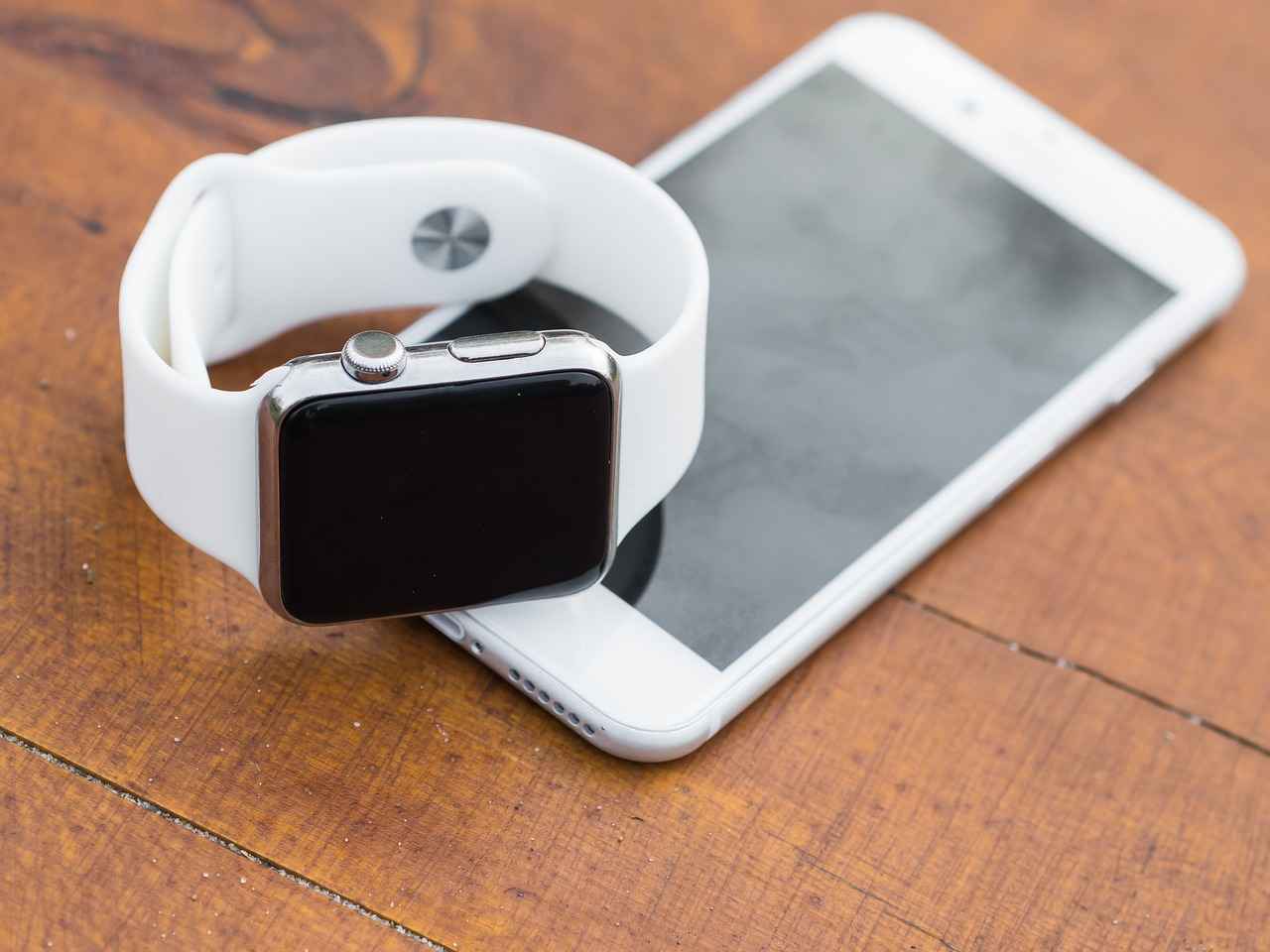
Factors Affecting Smart Watch Accuracy
When it comes to the accuracy of blood pressure readings on smartwatches, several factors can play a crucial role. Understanding these elements is essential for users who rely on these devices for health monitoring. Here, we will explore the various environmental and physiological factors that can impact the reliability of blood pressure measurements.
- Temperature: Extreme temperatures can affect the performance of the sensors in smartwatches. Cold weather may constrict blood vessels, leading to inaccurate readings, while excessive heat can cause skin to sweat, potentially interfering with sensor function.
- Lighting Conditions: Some smartwatches utilize optical sensors that rely on light to measure blood flow. Poor lighting or direct sunlight can disrupt these readings, resulting in less accurate data.
- Movement: Physical activity can introduce noise into the readings. If a user is moving or exercising, the smartwatch may struggle to obtain stable blood pressure measurements.
- Body Position: The position of the body during measurement can significantly influence blood pressure readings. For instance, readings taken while standing may differ from those taken while sitting or lying down due to variations in blood flow and pressure.
- Skin Temperature: Fluctuations in skin temperature can affect the accuracy of optical sensors. Warmer skin may yield different readings compared to cooler skin, impacting the reliability of the results.
- Hydration Levels: Dehydration can lead to changes in blood volume, which may affect blood pressure readings. Proper hydration is essential for obtaining accurate measurements.
By considering these factors, users can better understand the limitations and potential discrepancies in the blood pressure readings provided by their smartwatches. Awareness of these influences can help users make informed decisions about their health monitoring practices.
Impact of Body Position
When measuring blood pressure, the position of the body plays a crucial role in determining the accuracy of readings taken by smartwatches. Different positions—whether standing, sitting, or lying down—can lead to variations in blood pressure measurements. Understanding these differences is essential for users who rely on smartwatches for health monitoring.
Firstly, when a person is standing, gravity affects blood flow, which can lead to lower blood pressure readings. This position often causes the blood to pool in the legs, resulting in a decrease in the volume of blood returning to the heart. Consequently, smartwatches may register a lower blood pressure than what might be expected in a more neutral position.
In contrast, when a person is sitting, the blood flow is more evenly distributed throughout the body. This position typically provides a more accurate representation of an individual’s blood pressure. However, factors such as how the individual is seated—whether their feet are flat on the ground or crossed—can still introduce variability in the readings.
Finally, lying down tends to yield the highest blood pressure readings. In this position, the heart is at the same level as the rest of the body, which can facilitate a more significant volume of blood circulating through the arteries. As a result, smartwatches may show elevated blood pressure levels compared to the standing or sitting positions.
It is essential for users to be consistent with their body position when taking measurements. For the most accurate results, it is recommended that individuals take their blood pressure readings in the same position each time. This consistency helps to eliminate discrepancies caused by body position and ensures that users can track their blood pressure trends more effectively.
In summary, body position significantly influences blood pressure readings from smartwatches. By being mindful of this factor, users can enhance the accuracy of their health monitoring efforts.
Skin Temperature and Hydration
When it comes to monitoring blood pressure using smartwatches, physiological factors such as skin temperature and hydration levels play a crucial role in the accuracy of readings. Understanding how these elements interact with the technology can help users achieve more reliable results.
Skin temperature can significantly influence blood pressure readings. When the skin is warmer, blood vessels may dilate, potentially leading to lower blood pressure readings. Conversely, cooler skin can cause vasoconstriction, which might result in artificially inflated readings. This variability underscores the importance of measuring blood pressure under consistent temperature conditions to ensure accuracy.
Moreover, hydration levels can also impact the accuracy of blood pressure measurements. Dehydration can lead to a decrease in blood volume, which may cause blood pressure to drop. On the other hand, adequate hydration can help maintain optimal blood volume, thus providing more stable and accurate readings. Users should be aware of their hydration status, especially when monitoring blood pressure over time.
In addition to these physiological factors, environmental conditions such as ambient temperature and humidity can further affect readings. For instance, extreme temperatures can alter skin conditions and blood flow, leading to inconsistent results. Therefore, it is advisable for users to monitor their blood pressure in a controlled environment, ideally at the same time of day, to minimize the impact of these variables.
To summarize, both skin temperature and hydration levels are vital components that can influence the accuracy of blood pressure readings on smartwatches. Being mindful of these factors can help users obtain more reliable data, ultimately leading to better health management.

Best Smart Watches for Blood Pressure Monitoring
In today’s health-conscious world, smartwatches have emerged as essential tools for monitoring various health metrics, including blood pressure. This section reviews some of the top smartwatches available on the market that offer blood pressure monitoring, emphasizing their features and user ratings.
- Apple Watch Series 7
This smartwatch not only tracks your heart rate but also provides reliable blood pressure readings through advanced sensor technology. Users praise its user-friendly interface and seamless integration with iOS devices.
- Samsung Galaxy Watch 4
Known for its comprehensive health tracking capabilities, the Galaxy Watch 4 features an innovative blood pressure monitoring system. Reviewers highlight its accuracy and the ability to sync data with Samsung Health for detailed insights.
- Fitbit Sense
The Fitbit Sense offers a holistic approach to health, including stress management and heart health monitoring. Users appreciate its long battery life and the detailed analytics provided through the Fitbit app.
- Garmin Venu 2
This smartwatch is designed for fitness enthusiasts, featuring advanced metrics for tracking workouts and health. Users commend its durability and the accuracy of its blood pressure readings, especially during physical activity.
When selecting a smartwatch for blood pressure monitoring, consider factors such as accuracy, user experience, and compatibility with your smartphone. Each of these models has received positive feedback from users, making them strong contenders in the market.
Additionally, it’s important to note that while these devices provide valuable insights, they should not replace traditional blood pressure monitors for medical purposes. Always consult with a healthcare professional for accurate health assessments.
Top Picks and Their Features
When it comes to monitoring blood pressure, smartwatches have emerged as a popular and convenient solution. Here, we provide a detailed overview of the best smartwatches for blood pressure monitoring, highlighting their unique features and benefits to help you make an informed choice.
| Smartwatch Model | Key Features | User Ratings |
|---|---|---|
| Apple Watch Series 8 |
| 4.8/5 |
| Samsung Galaxy Watch 5 |
| 4.6/5 |
| Fitbit Sense |
| 4.5/5 |
Each of these smartwatches offers unique features tailored to health-conscious users. The Apple Watch Series 8 is renowned for its comprehensive health monitoring capabilities, while the Samsung Galaxy Watch 5 stands out for its durability and extensive fitness tracking features. On the other hand, the Fitbit Sense is an excellent choice for those seeking a long-lasting battery and stress management tools.
As you consider these options, it’s essential to evaluate which features align best with your health monitoring needs. The integration of blood pressure monitoring in these devices not only enhances personal health management but also empowers users to take proactive steps towards better health.
User Ratings and Feedback
are essential components in evaluating the performance of smartwatches, particularly those designed for blood pressure monitoring. As consumers increasingly rely on these devices for health management, their experiences and insights provide valuable information regarding the effectiveness and accuracy of different models.
When it comes to assessing smartwatch performance, user reviews often highlight several key factors:
- Accuracy of Readings: Many users report varying levels of accuracy in blood pressure readings when compared to traditional monitors. This inconsistency can be attributed to factors such as body position, skin temperature, and the specific technology used in the smartwatch.
- Ease of Use: Consumers appreciate smartwatches that offer intuitive interfaces and straightforward navigation. Positive feedback often focuses on how easily users can access their blood pressure data and interpret the results.
- Comfort and Wearability: Comfort is a recurring theme in user feedback. Models that are lightweight and designed for prolonged wear tend to receive higher ratings, as users prefer devices that do not hinder daily activities.
- Battery Life: A smartwatch that frequently requires charging can be a significant drawback. Users often express their satisfaction with models that boast longer battery life, allowing for continuous monitoring without frequent interruptions.
- Integration with Health Apps: Many consumers value smartwatches that seamlessly integrate with health tracking applications. Positive reviews often mention the ability to sync data effortlessly, providing a comprehensive view of overall health.
In summary, user feedback serves as a critical indicator of smartwatch performance. By analyzing ratings and reviews, potential buyers can make informed decisions based on real-world experiences, ensuring they choose a model that best fits their health monitoring needs.

Future of Blood Pressure Monitoring in Smart Watches
The future of blood pressure monitoring in smartwatches is rapidly evolving, driven by advancements in technology and increasing consumer demand for health tracking features. As more individuals seek to manage their health proactively, smartwatches equipped with sophisticated blood pressure monitoring capabilities are becoming essential tools.
Recent innovations are focusing on enhancing the accuracy and reliability of blood pressure readings. Emerging technologies, such as miniaturized sensors and improved algorithms, are being integrated into smartwatch designs. These advancements allow for more precise measurements, even in dynamic environments. For instance, the incorporation of machine learning algorithms enables devices to learn from user data and improve their accuracy over time.
Furthermore, the integration of multi-sensor systems is gaining traction. By combining optical sensors with other modalities like electrocardiogram (ECG) readings, smartwatches can provide a more comprehensive view of a user’s cardiovascular health. This holistic approach not only enhances blood pressure monitoring but also aids in detecting potential heart-related issues before they escalate.
Another exciting development is the potential for real-time health insights. Future smartwatches may offer users immediate feedback on their blood pressure readings, along with personalized recommendations based on their data trends. This capability could empower users to make informed lifestyle changes and engage more actively in their health management.
In addition to technological advancements, the health implications of real-time blood pressure monitoring are profound. With continuous tracking, users can identify patterns and triggers related to their blood pressure fluctuations. This data can facilitate timely interventions, potentially reducing the risk of hypertension-related complications.
As we look ahead, the promise of enhanced blood pressure monitoring in smartwatches is clear. With ongoing research and development, the future holds the potential for more accurate, user-friendly, and health-focused wearable devices that could transform personal health monitoring.
Innovations on the Horizon
As technology continues to advance, the field of blood pressure monitoring in smartwatches is witnessing significant innovations. These advancements are driven by a combination of enhanced sensor technology and sophisticated algorithms, paving the way for more accurate and reliable health monitoring.
One of the most exciting developments is the integration of multi-sensor systems. By combining optical sensors with other modalities, such as electrocardiogram (ECG) and galvanic skin response (GSR)
Moreover, the implementation of machine learning algorithms is revolutionizing how data is interpreted. These algorithms can analyze vast amounts of data collected from users, identifying patterns and providing personalized insights. For instance, they can adjust readings based on individual user profiles, taking into account factors like age, weight, and activity levels, which can greatly influence blood pressure.
Another promising area is the development of wearable biosensors that can continuously monitor blood pressure without the need for manual input. These sensors are designed to provide real-time data, allowing users to track their health metrics throughout the day. This continuous monitoring can lead to better management of hypertension and other cardiovascular conditions.
In addition, advancements in cloud computing are facilitating the storage and analysis of health data. Users will soon be able to access their blood pressure readings and trends through user-friendly applications, making it easier to share information with healthcare providers. This connectivity will enhance patient engagement and enable more proactive health management.
As these innovations continue to unfold, the future of blood pressure monitoring in smartwatches looks promising. With improvements in accuracy, user experience, and data accessibility, these devices will play a crucial role in personal health management and preventive care.
Potential Health Implications
The advent of smartwatches equipped with blood pressure monitoring capabilities marks a significant milestone in personal health management. The ability to monitor blood pressure in real-time can lead to transformative changes in health management and preventative care. This section explores the profound implications of such technology on individual health.
Firstly, continuous monitoring facilitates early detection of potential health issues. By providing real-time data, these devices enable users to identify abnormal blood pressure fluctuations promptly. This proactive approach can help in managing conditions like hypertension, reducing the risk of serious complications such as heart disease and stroke. For instance, individuals who consistently track their blood pressure can adjust their lifestyle or medication based on accurate readings, ultimately enhancing their health outcomes.
Moreover, the integration of smartwatches into daily routines promotes a more health-conscious lifestyle. Users often become more aware of their health metrics, leading to better lifestyle choices. Regular monitoring can encourage individuals to engage in physical activity, maintain a balanced diet, and manage stress levels, all of which contribute to improved cardiovascular health.
Additionally, these devices can play a crucial role in chronic disease management. For patients with existing health conditions, smartwatches provide a convenient method to keep track of their blood pressure, allowing healthcare providers to monitor patients remotely. This capability can enhance patient-provider communication and lead to more tailored treatment plans.
- Enhanced Patient Engagement: Patients are more likely to participate in their health management when they have access to real-time data.
- Data-Driven Decisions: Healthcare providers can make informed decisions based on accurate and timely information.
- Preventative Care: Early intervention can significantly reduce healthcare costs and improve quality of life.
In conclusion, the potential health implications of real-time blood pressure monitoring through smartwatches are substantial. By fostering early detection, encouraging healthy lifestyle choices, and enhancing chronic disease management, these devices are paving the way for a more proactive approach to health and wellness.
Frequently Asked Questions
- How accurate are smartwatches in monitoring blood pressure?
Smartwatches can provide a decent estimate of blood pressure, but their accuracy can vary. Factors like the technology used, body position, and even skin tone can influence the readings. While they are convenient for tracking trends, they may not always match traditional methods.
- What technology do smartwatches use to measure blood pressure?
Most smartwatches utilize either optical sensors or oscillometric techniques. Optical sensors use light to detect blood flow changes, while oscillometric techniques measure pressure fluctuations in the arteries. Each method has its pros and cons affecting accuracy.
- Can environmental factors affect blood pressure readings?
Absolutely! Environmental factors like temperature and humidity, along with physiological factors such as hydration levels and body position, can significantly impact the accuracy of blood pressure readings from smartwatches.
- Are there any limitations to using smartwatches for blood pressure monitoring?
Yes, while smartwatches are handy, they do have limitations. Factors such as movement, skin tone, and even the fit of the watch can lead to less accurate readings compared to traditional blood pressure cuffs.
- What are the best smartwatches for blood pressure monitoring?
Some of the top-rated smartwatches for blood pressure monitoring include models from brands like Garmin, Samsung, and Fitbit. Each offers unique features, so it’s worth checking user reviews to find the best fit for your needs.
